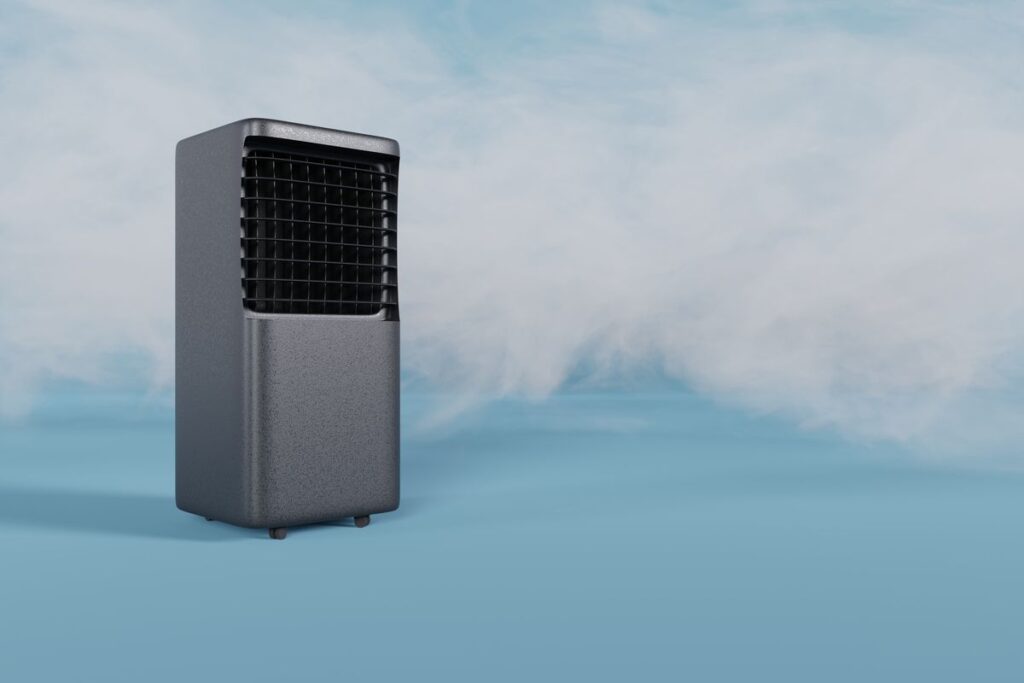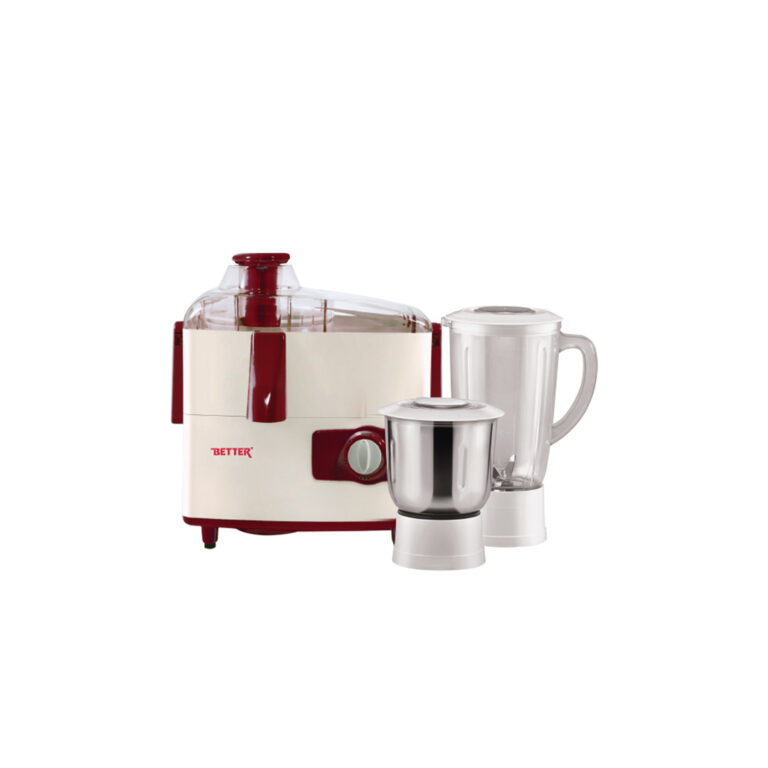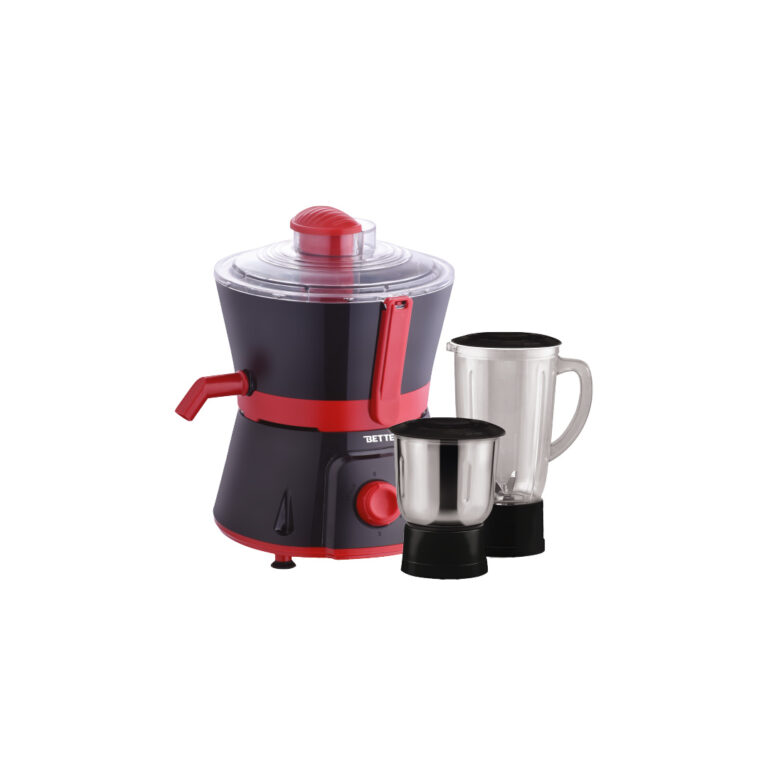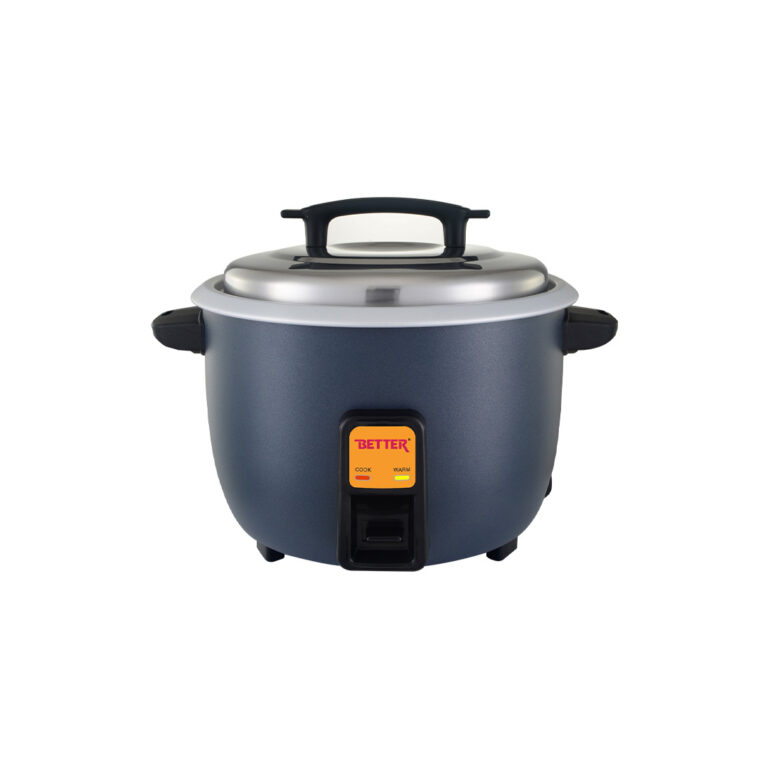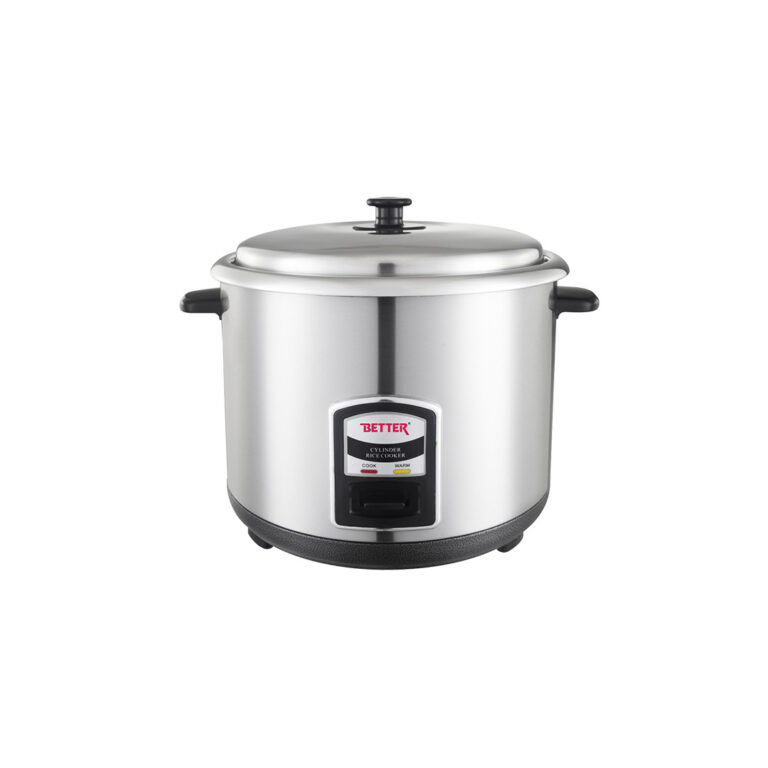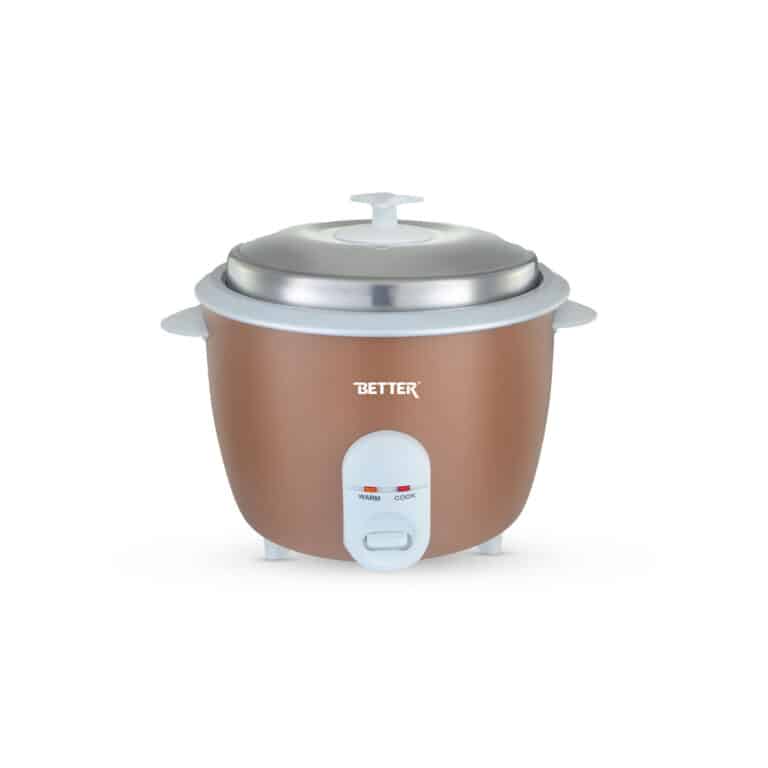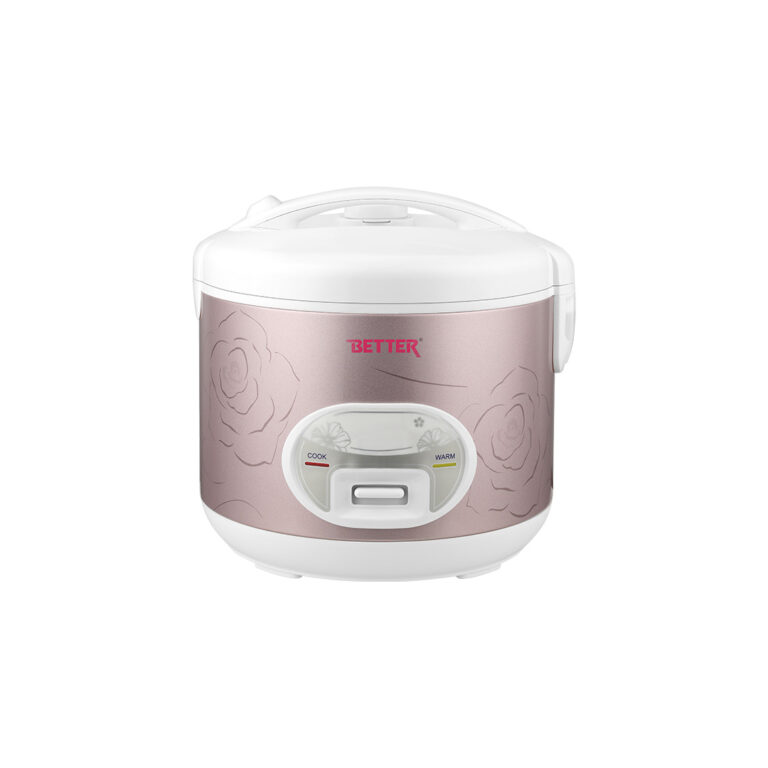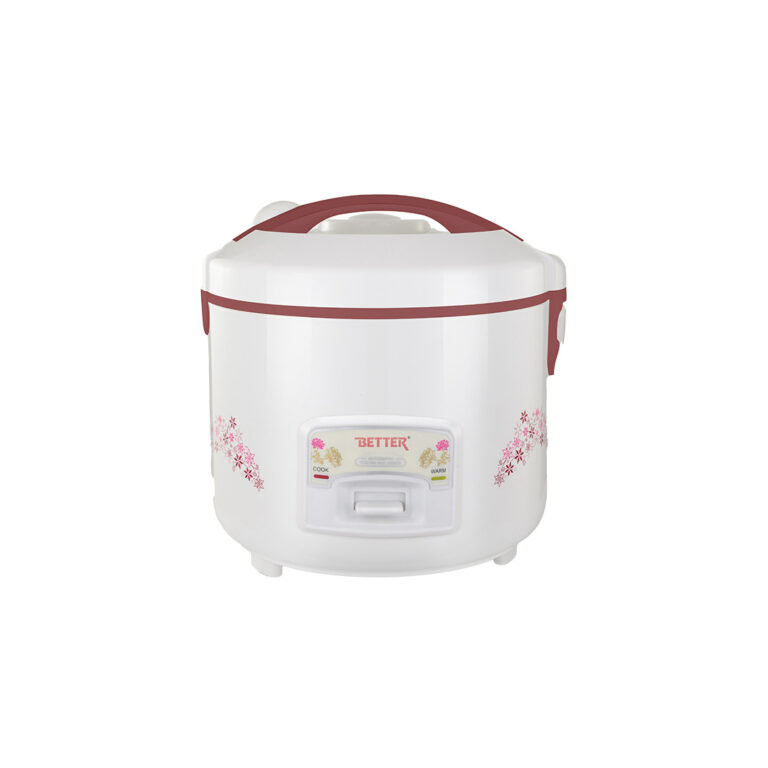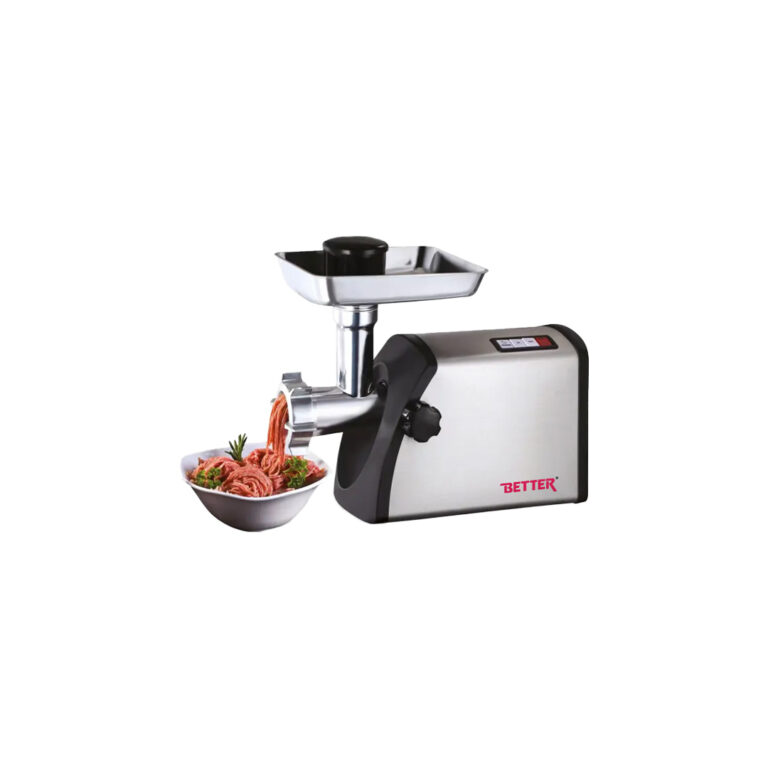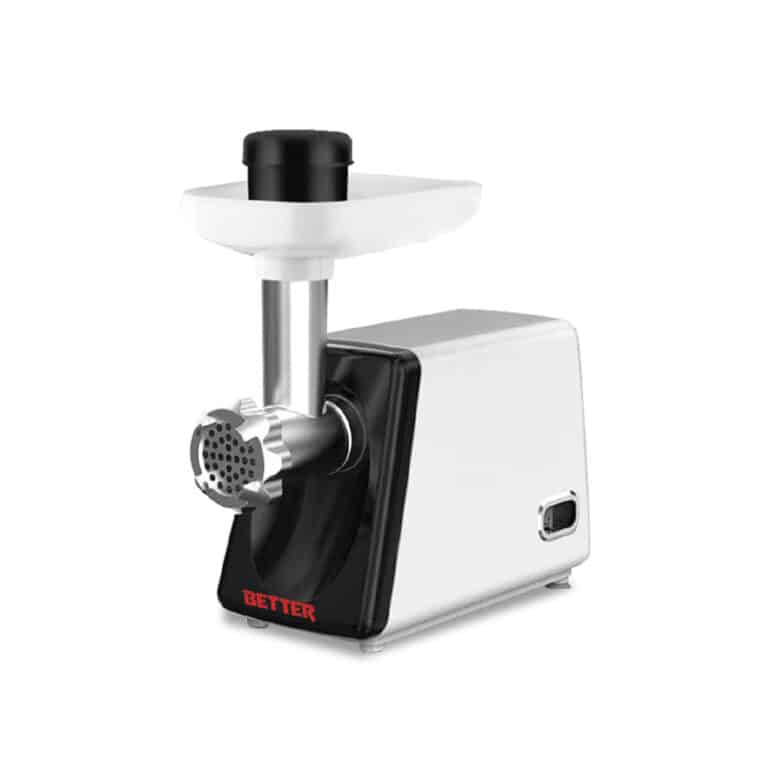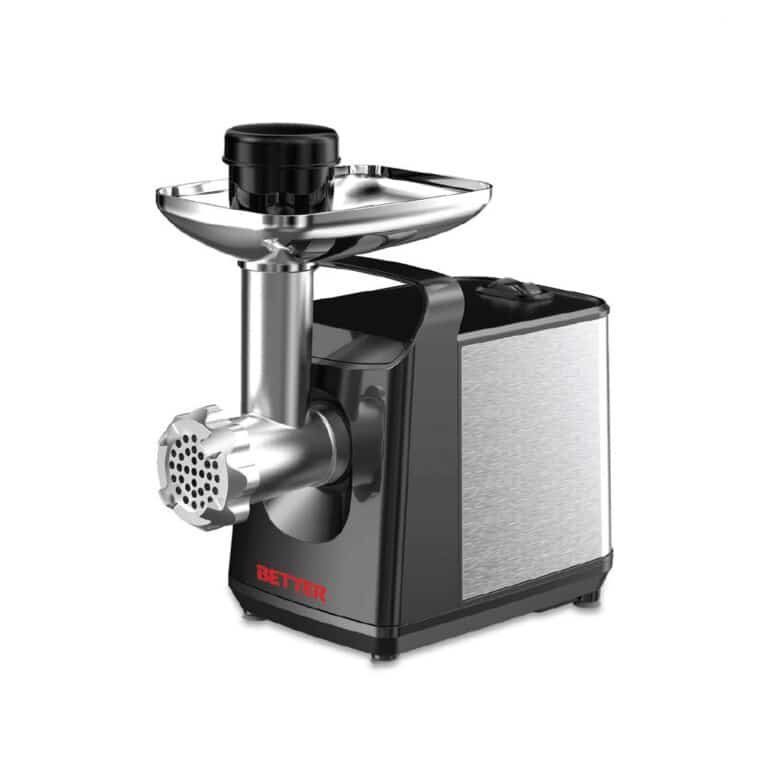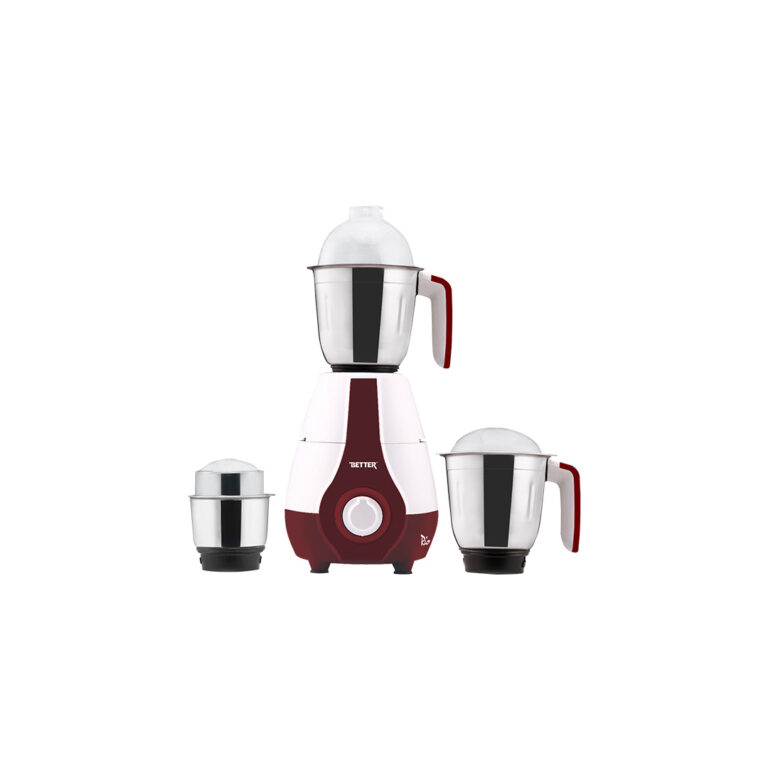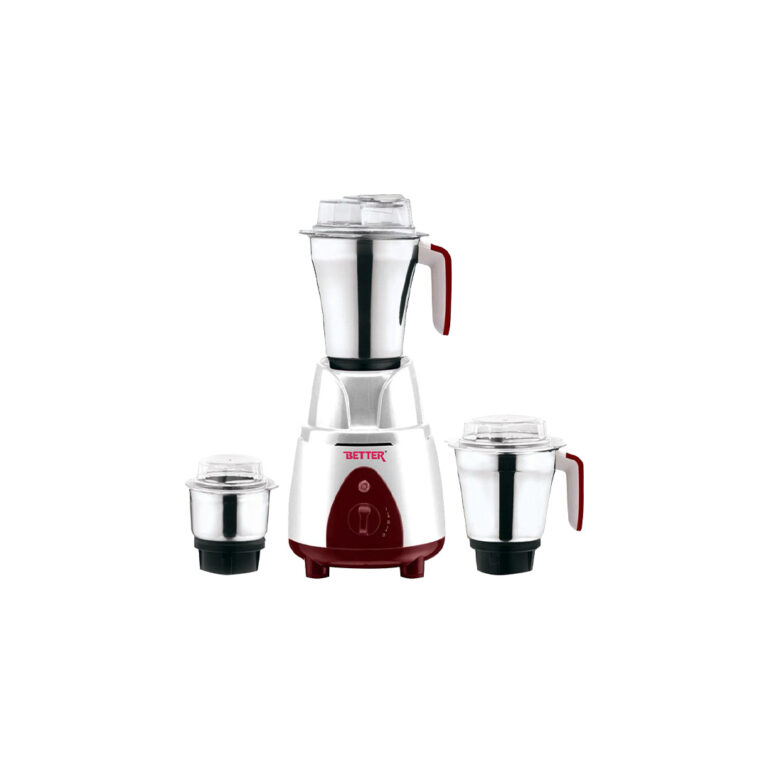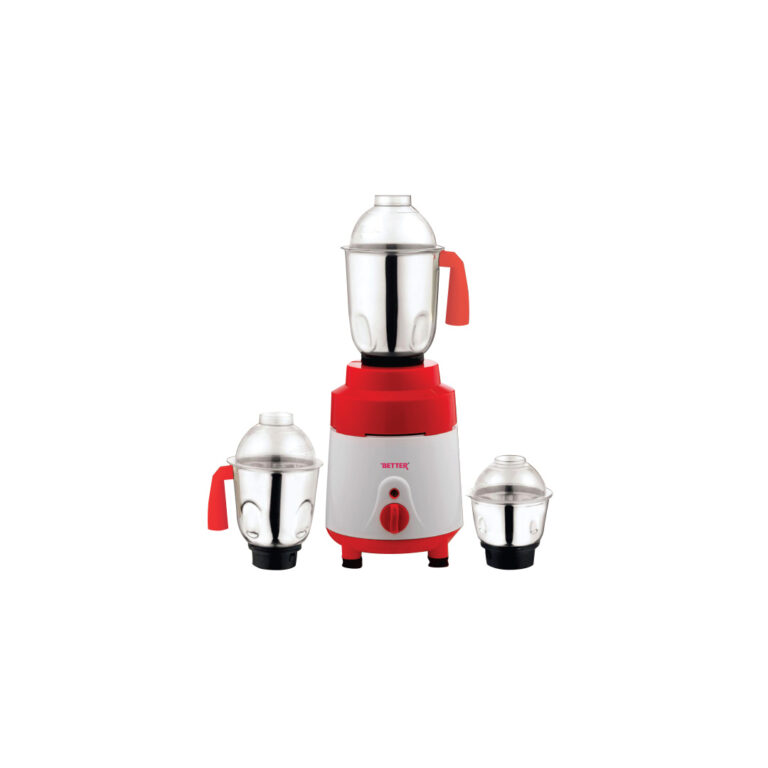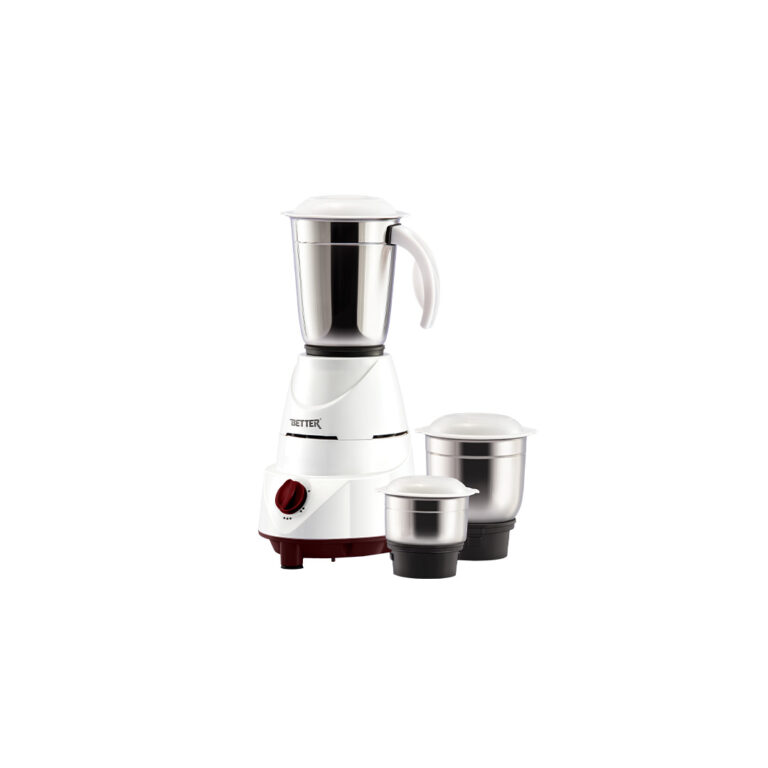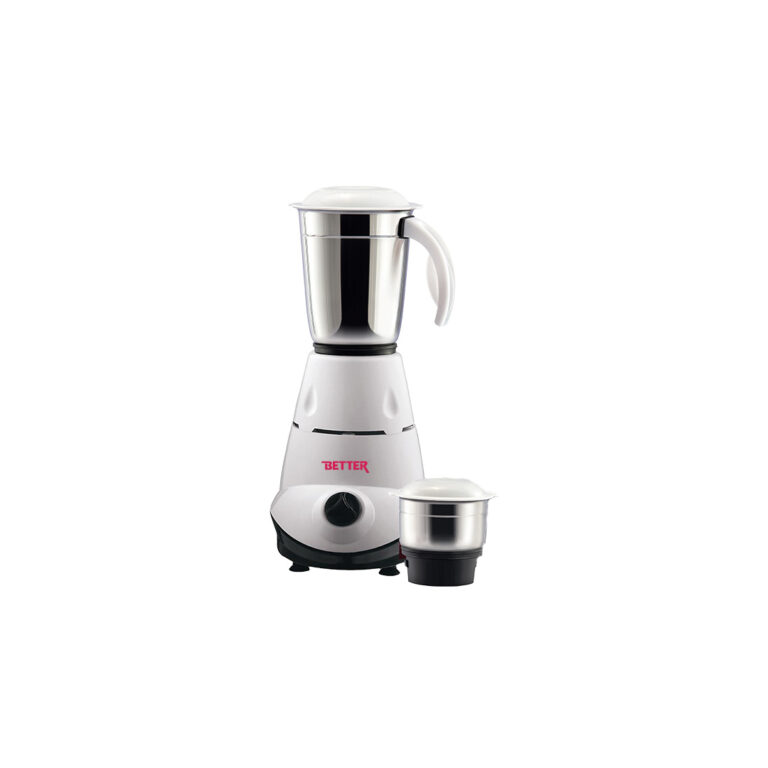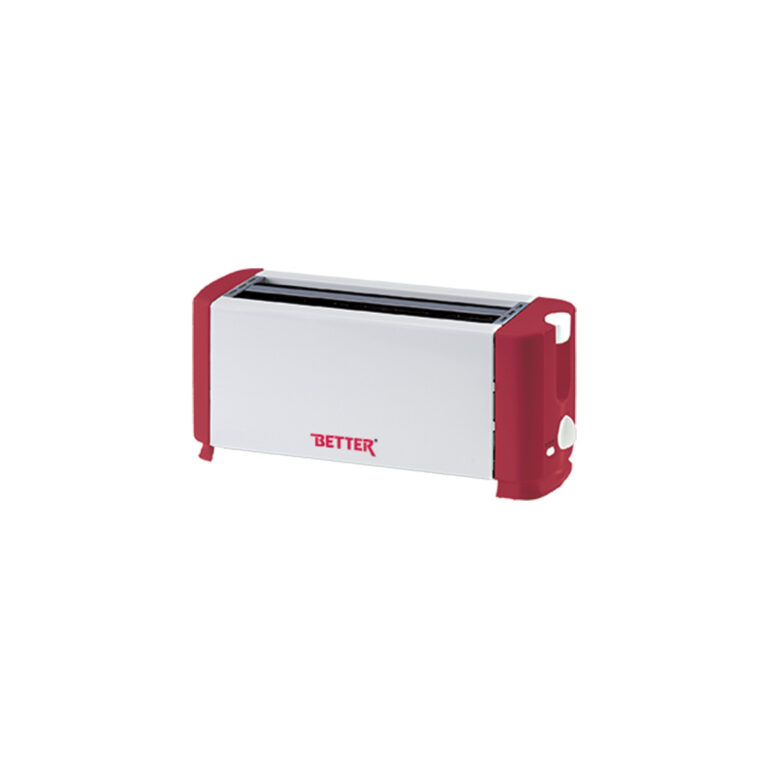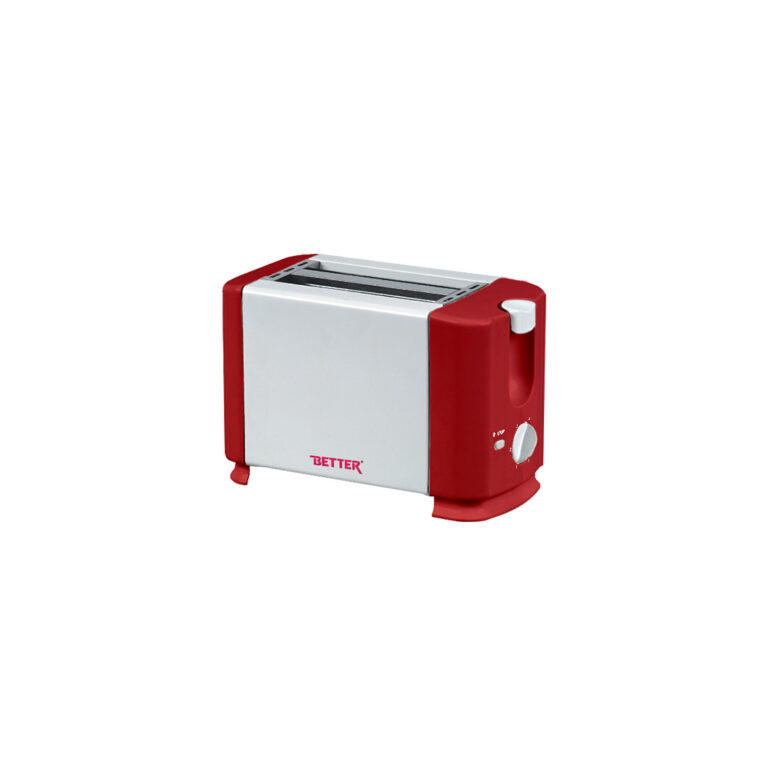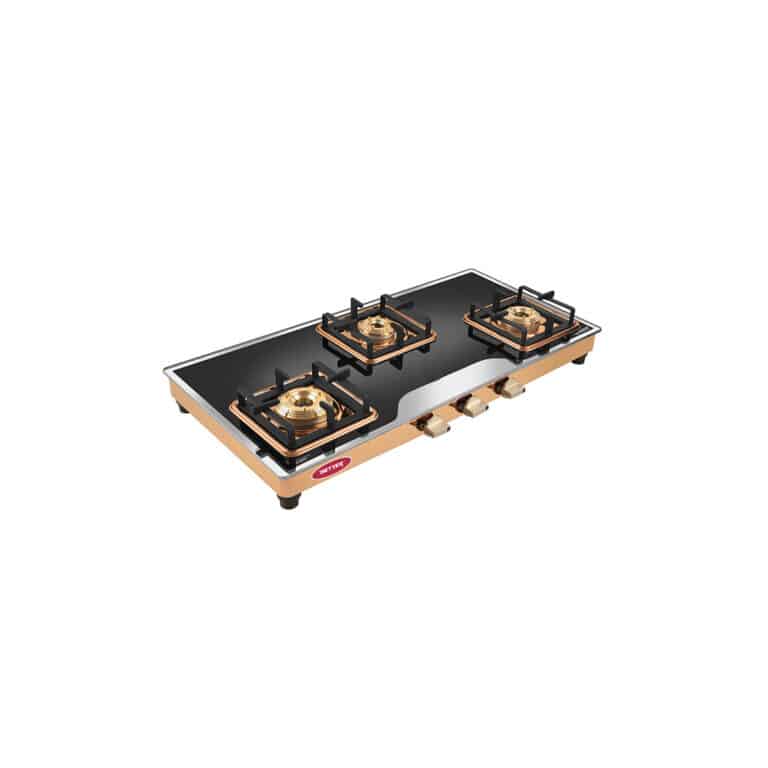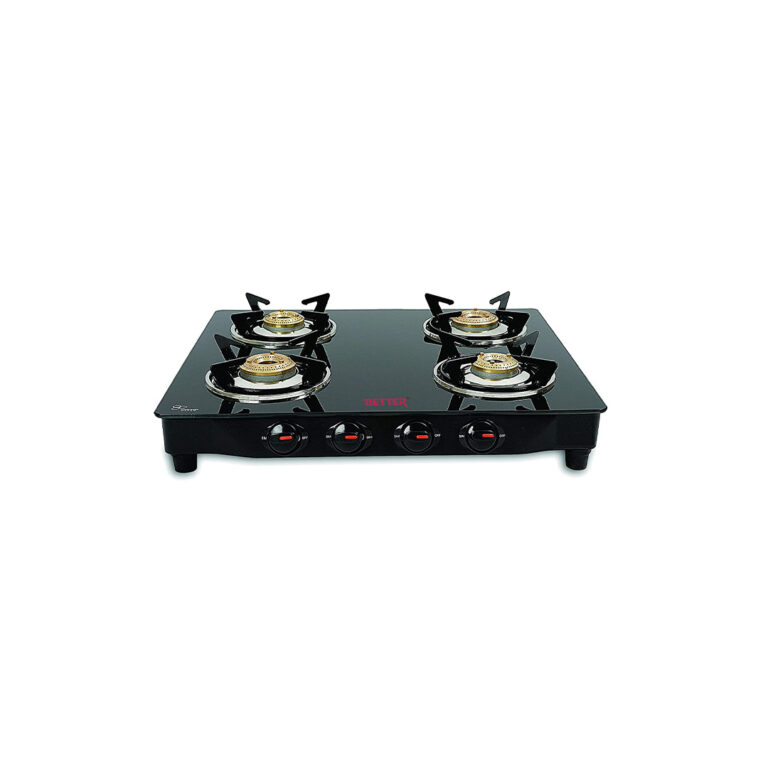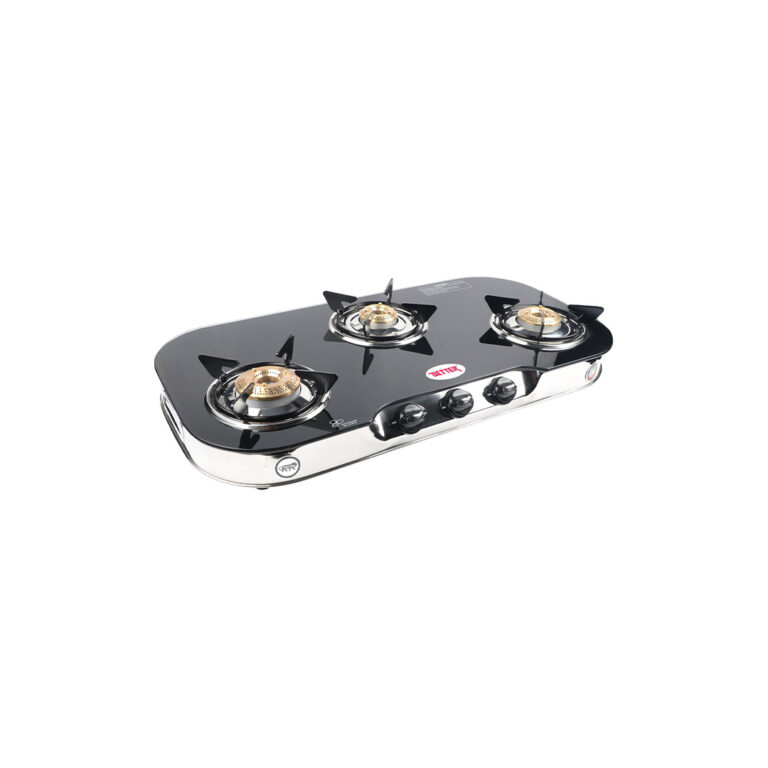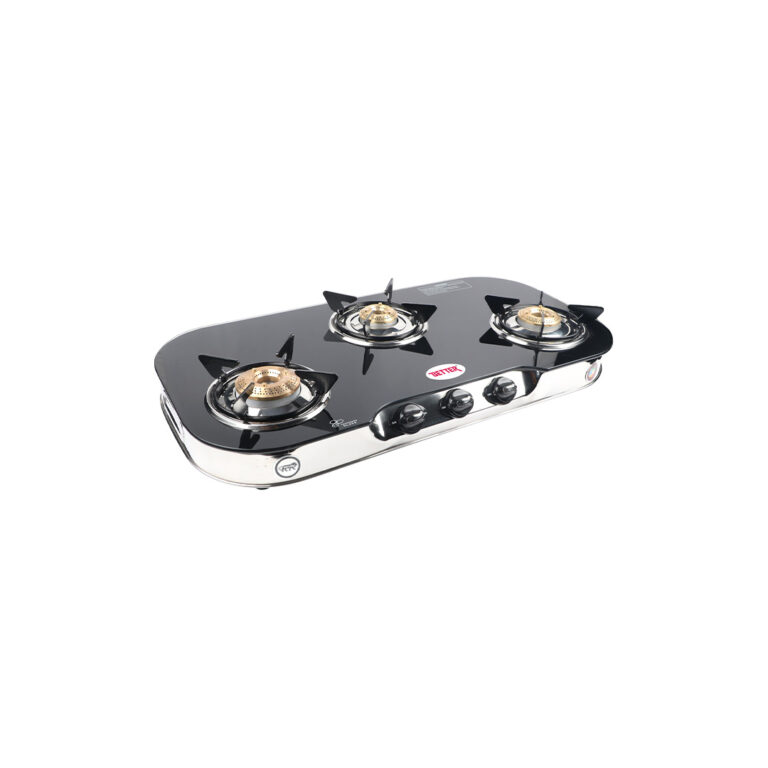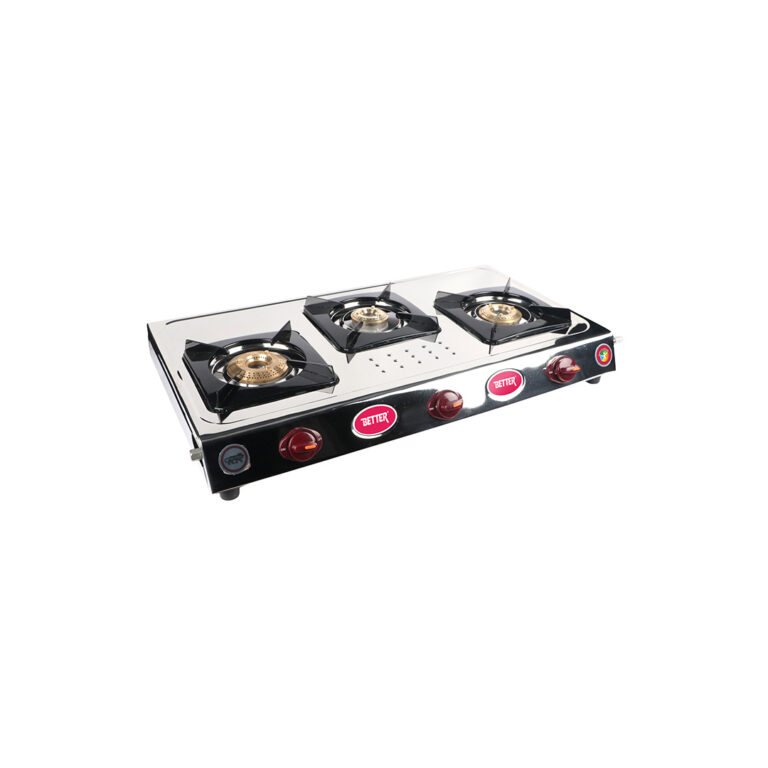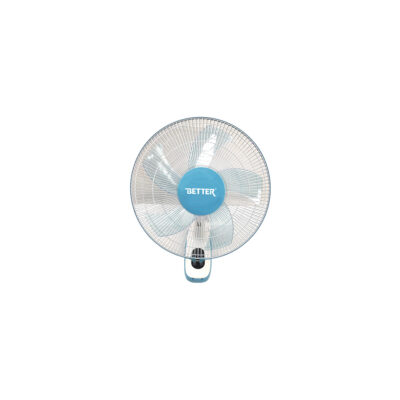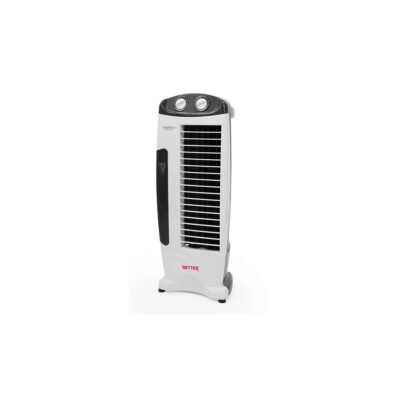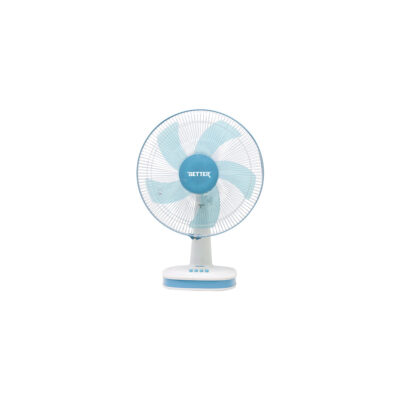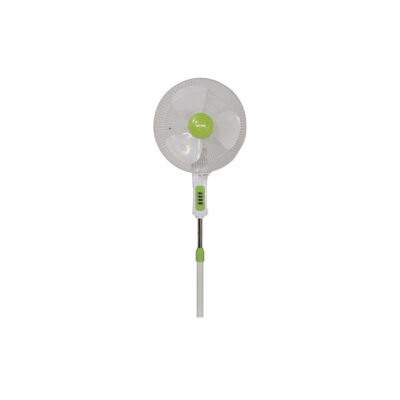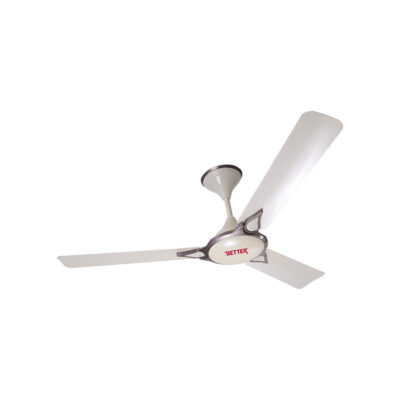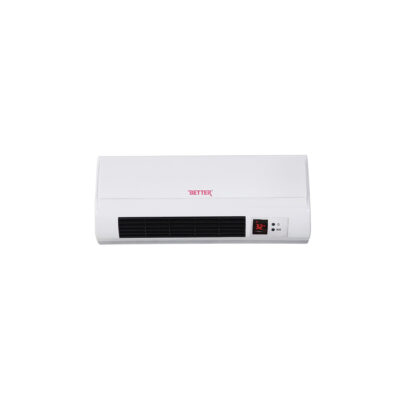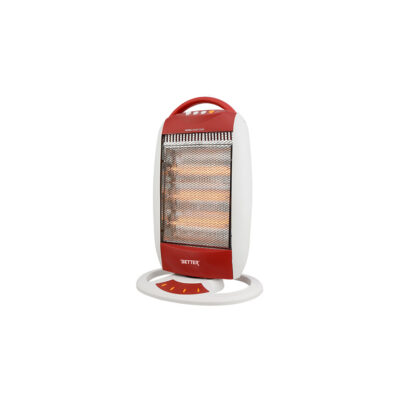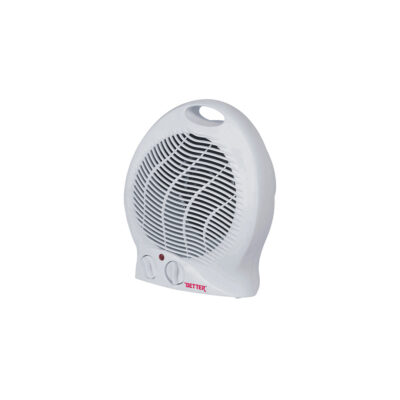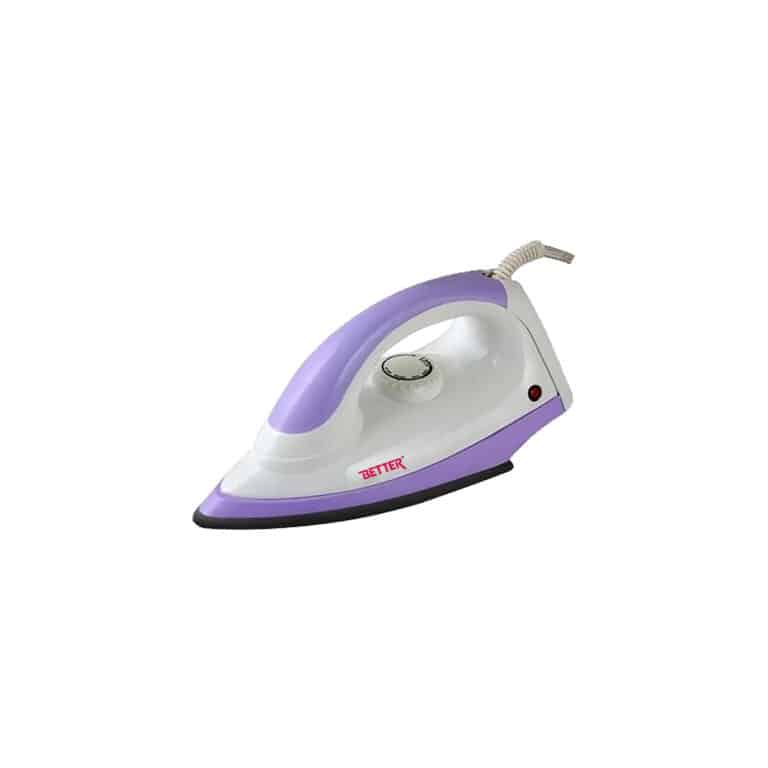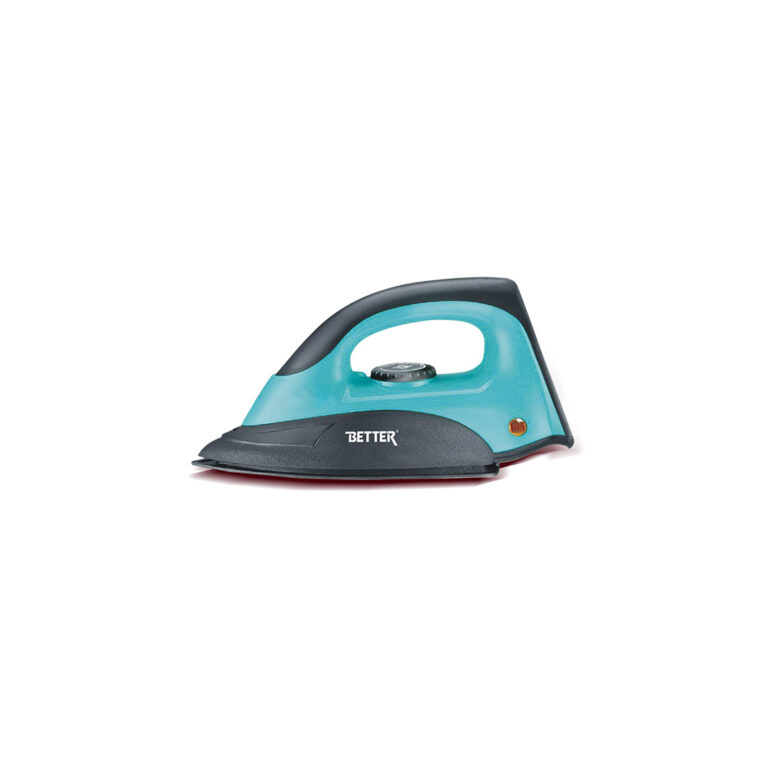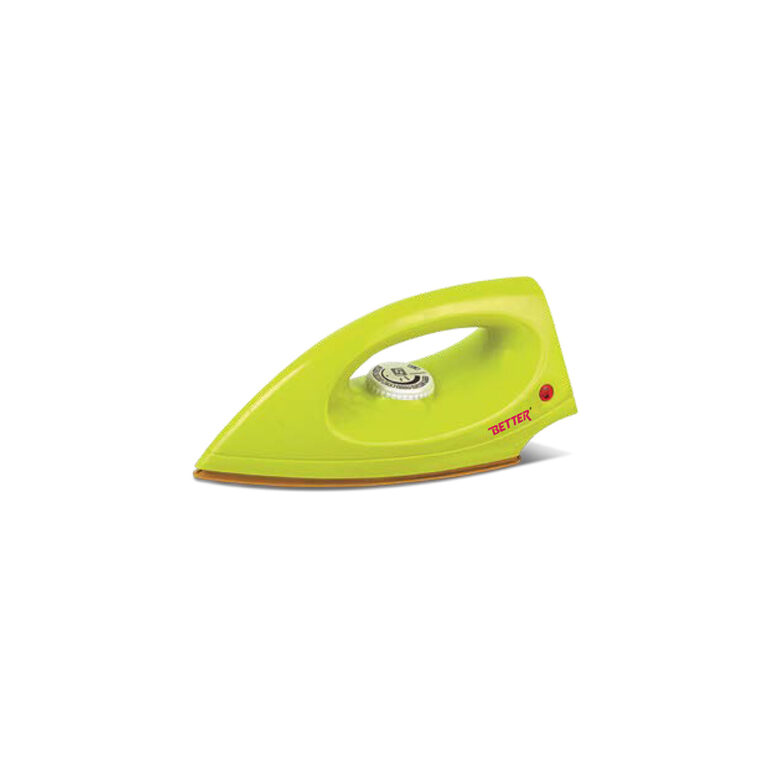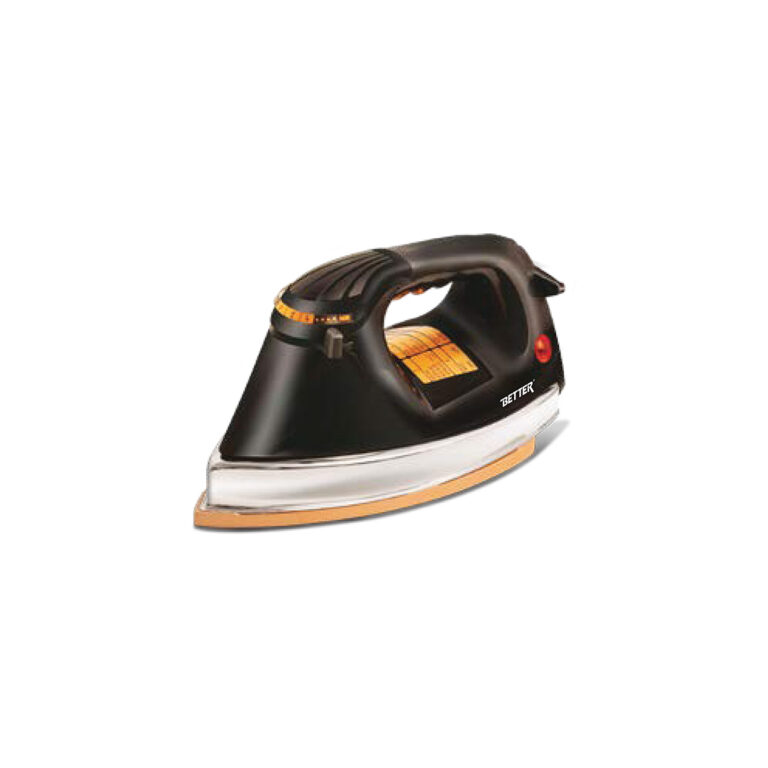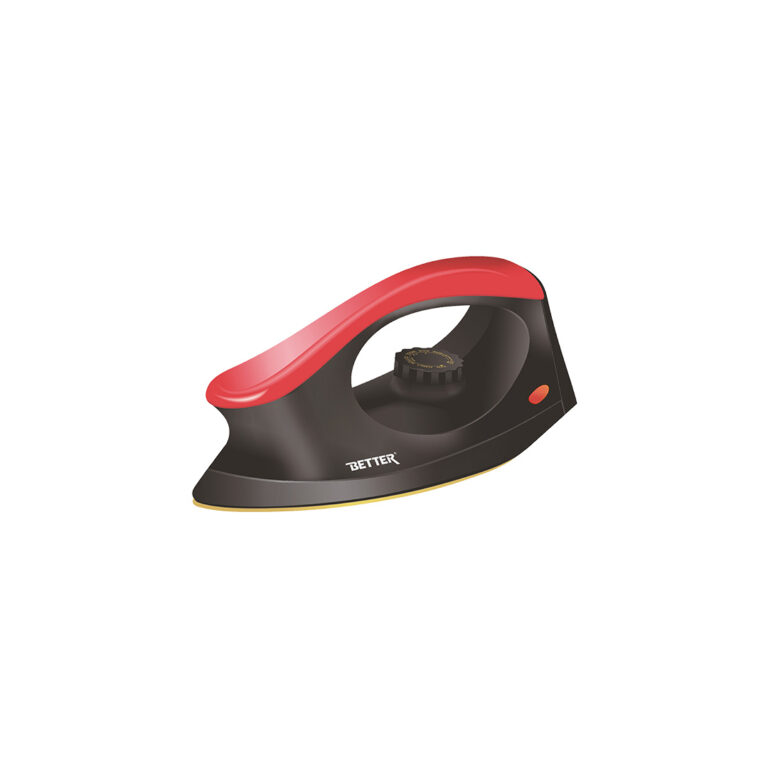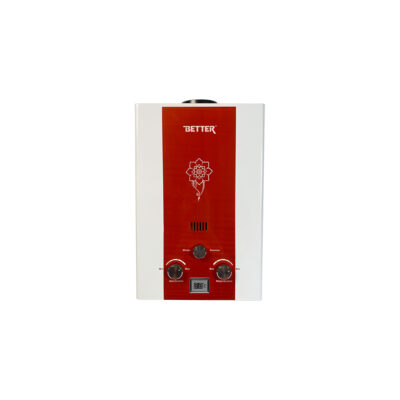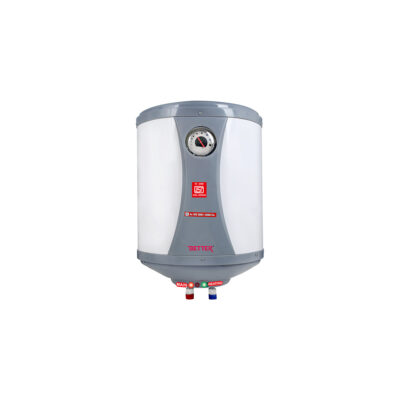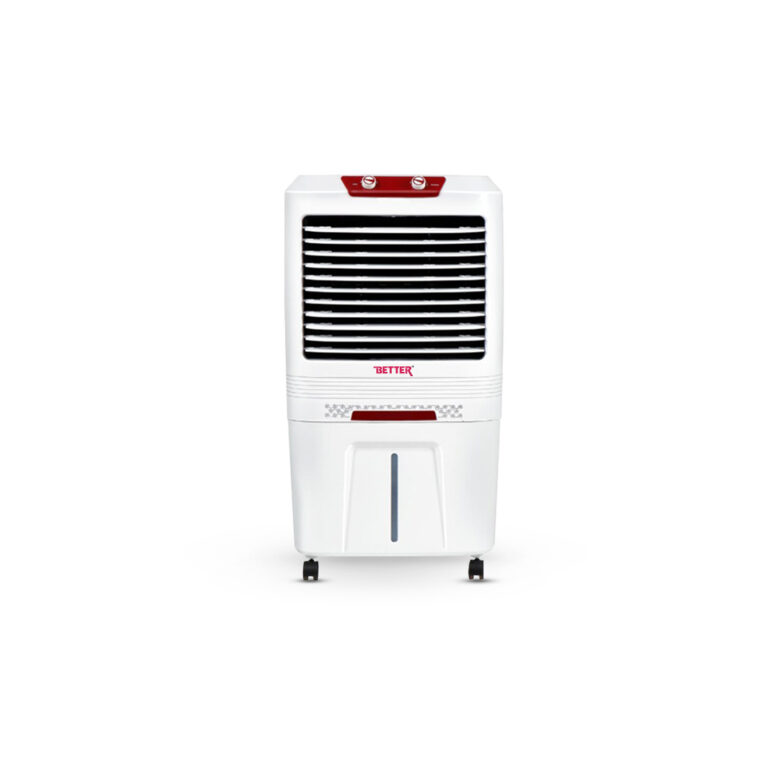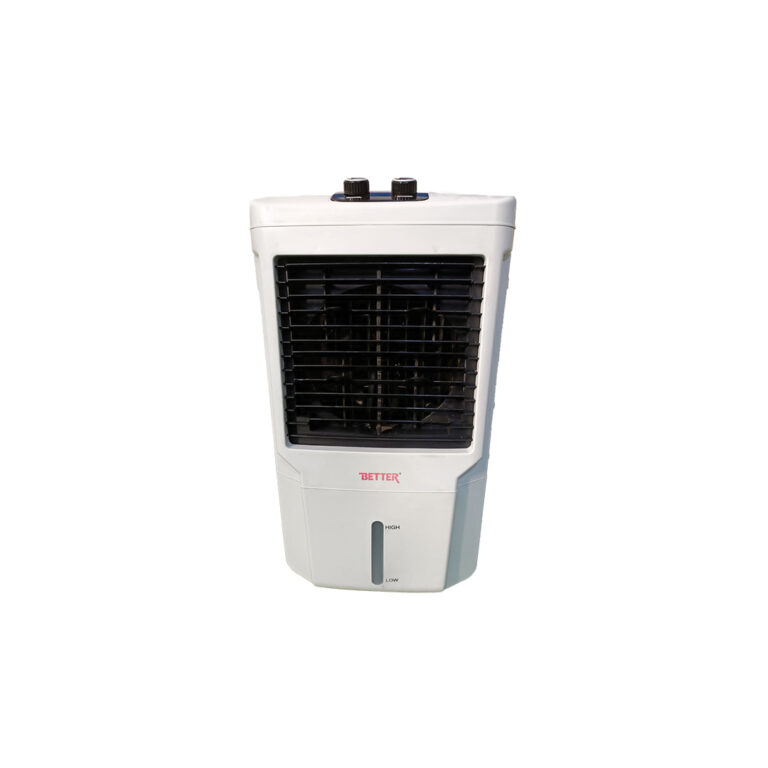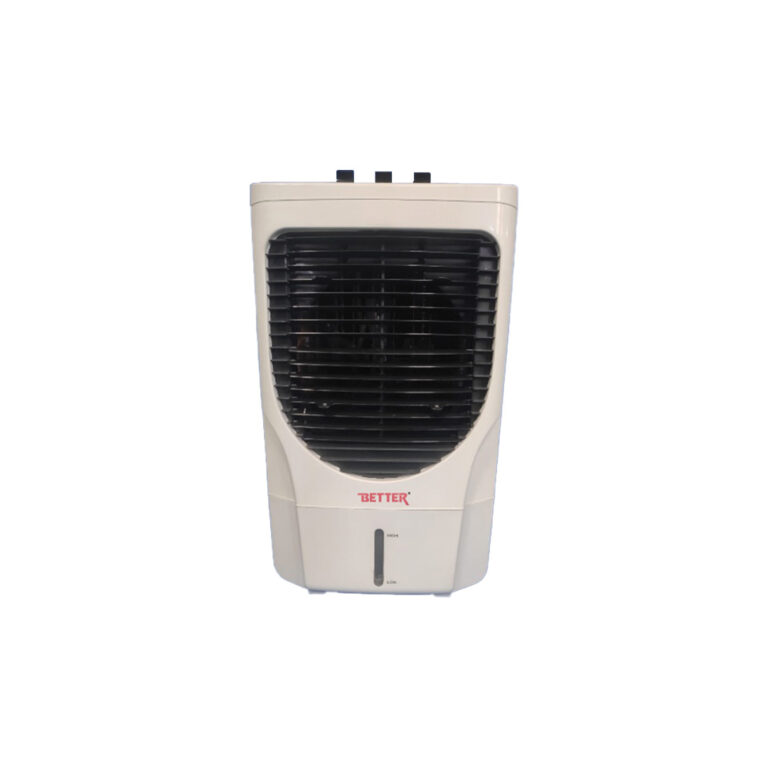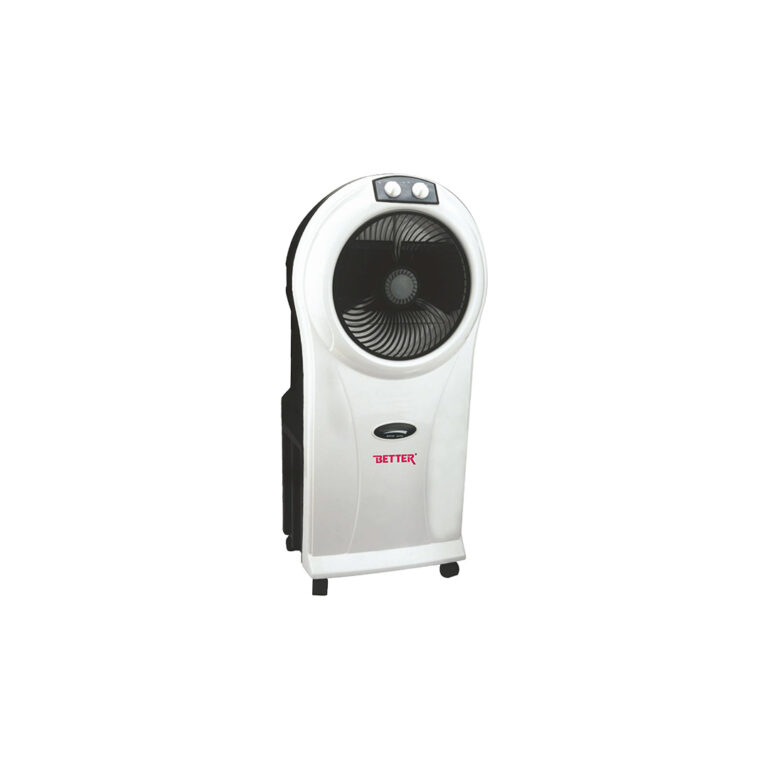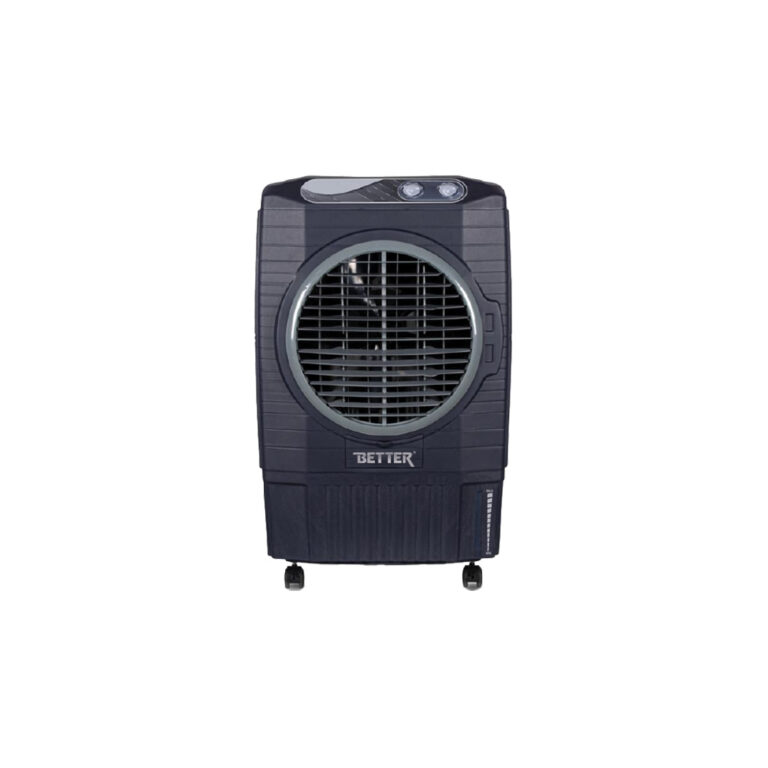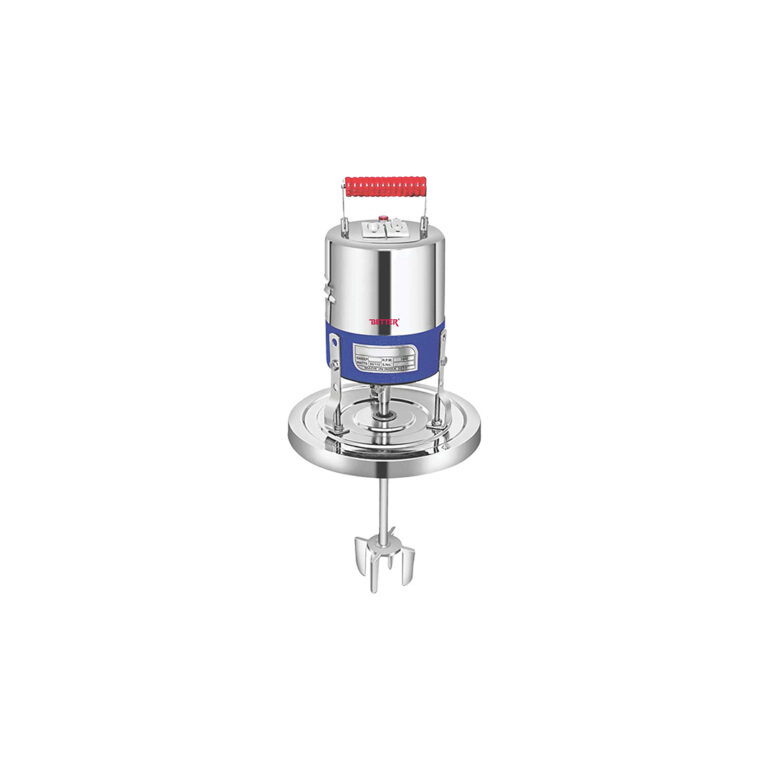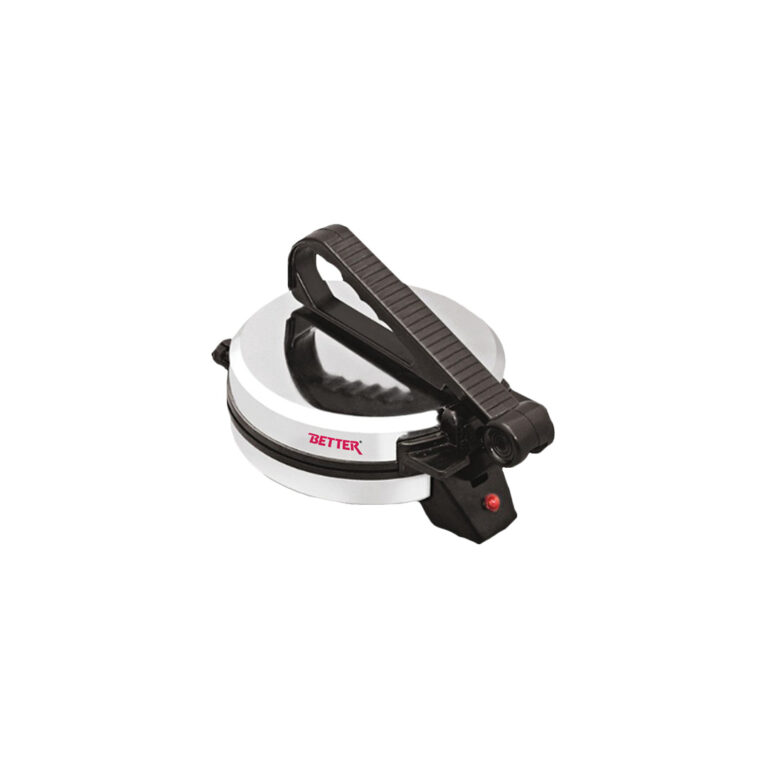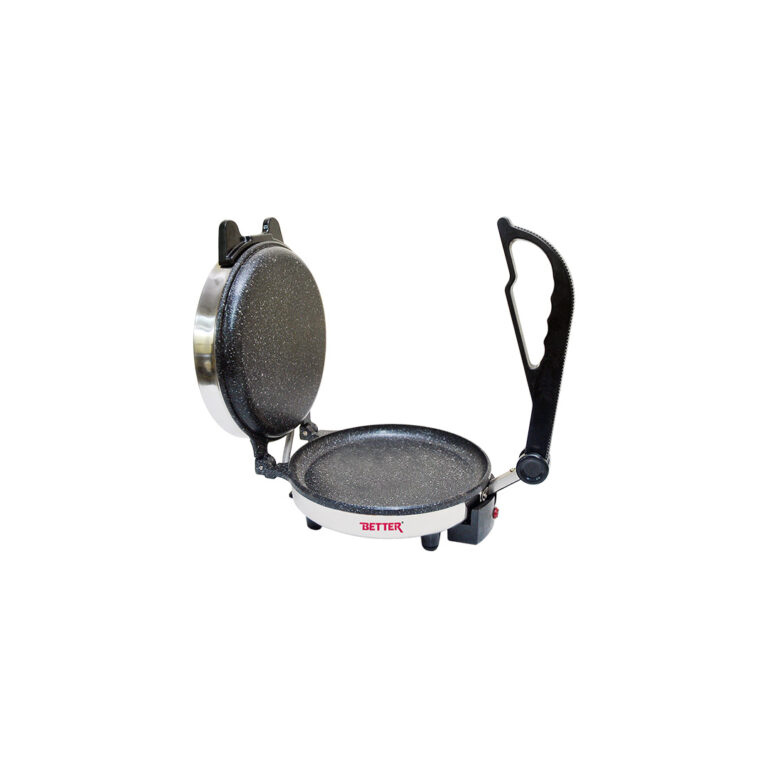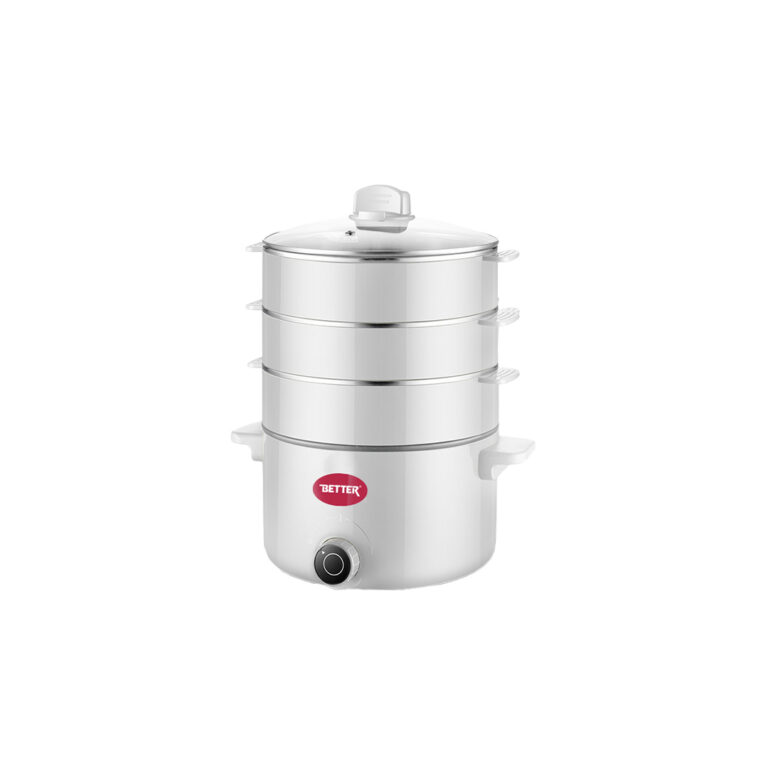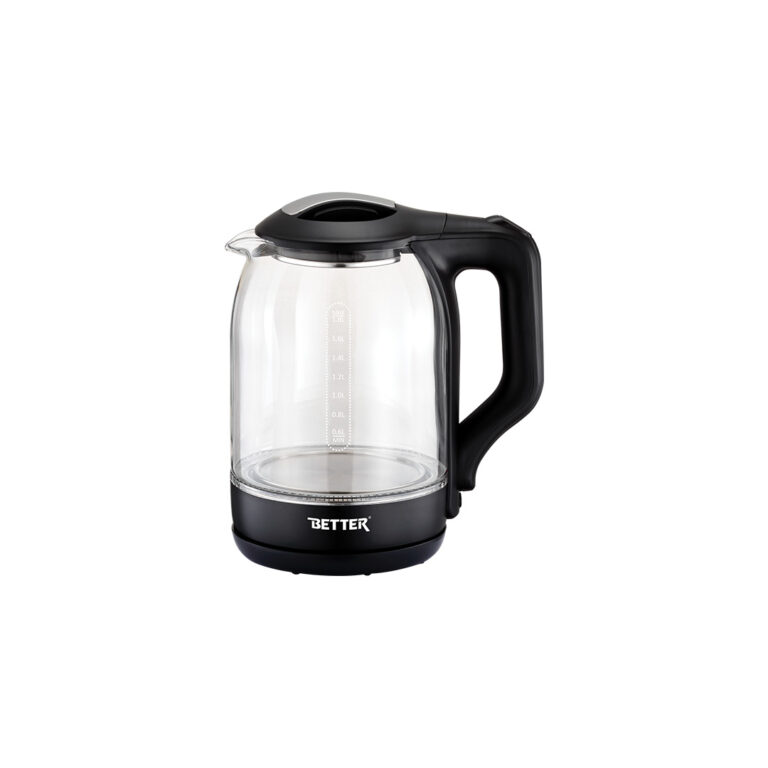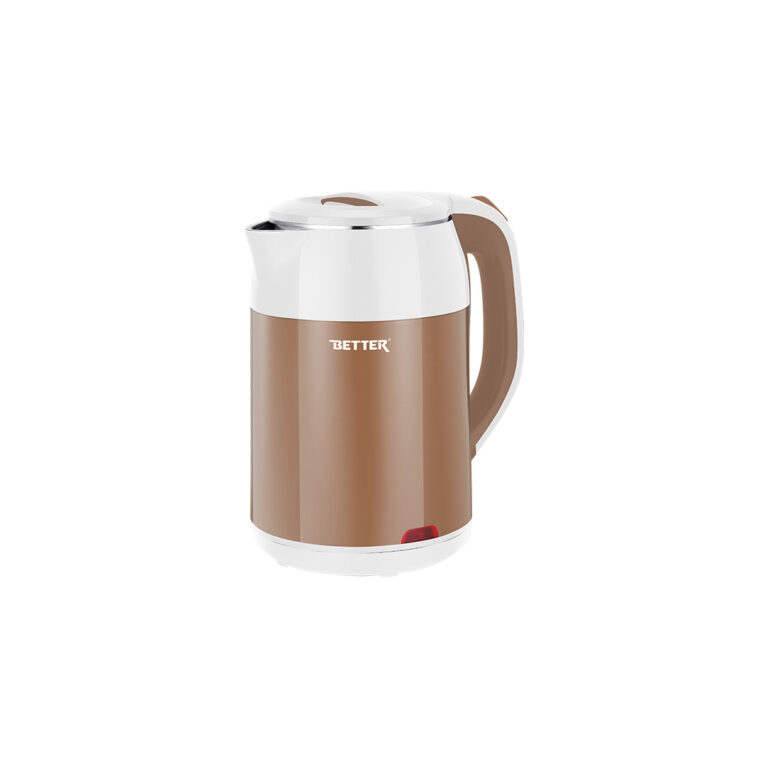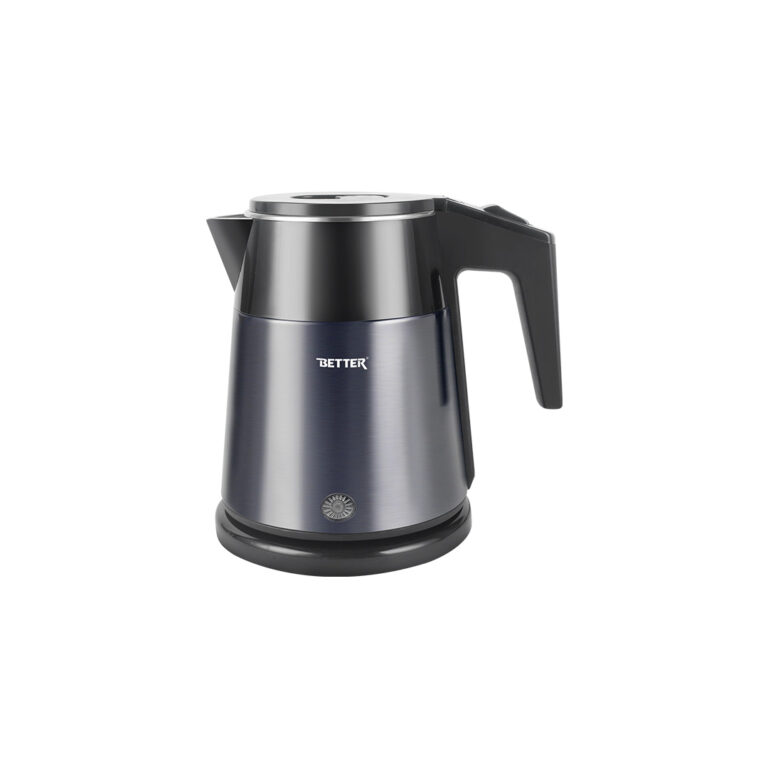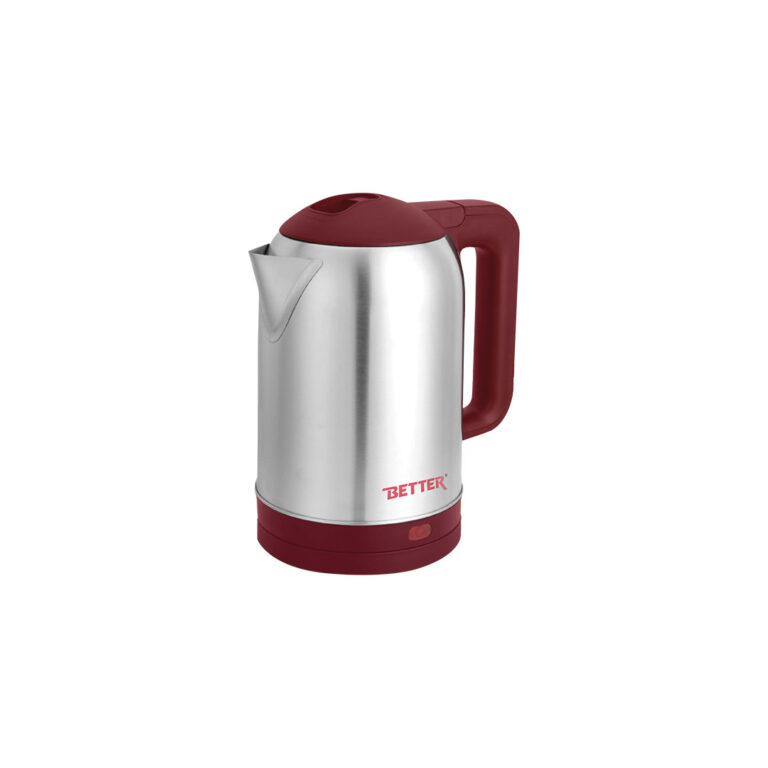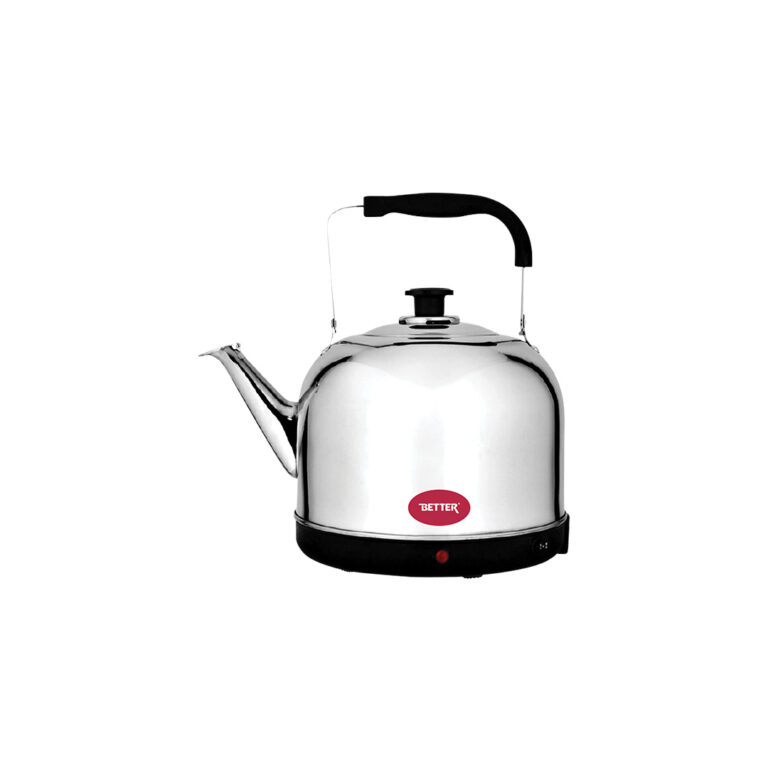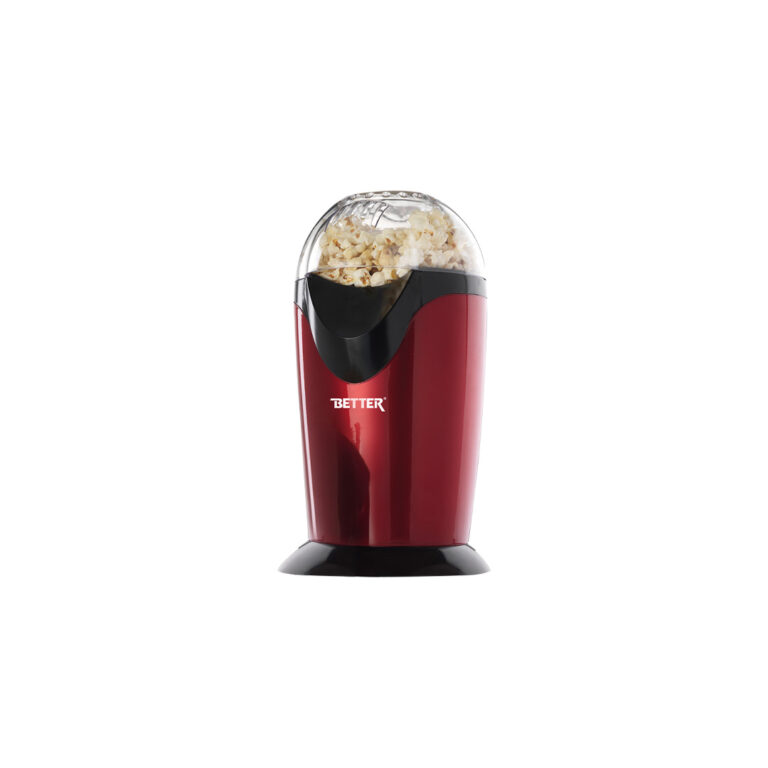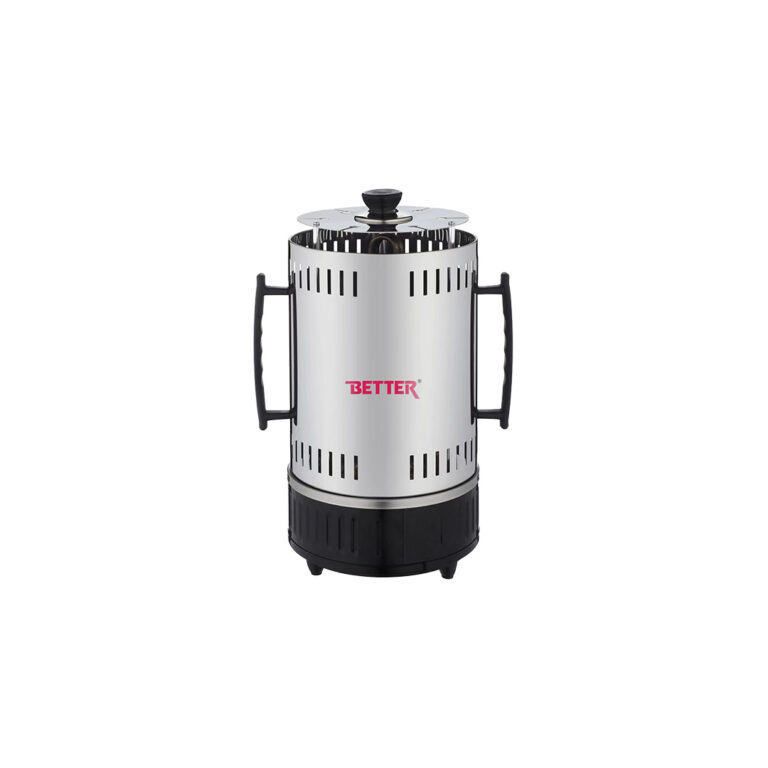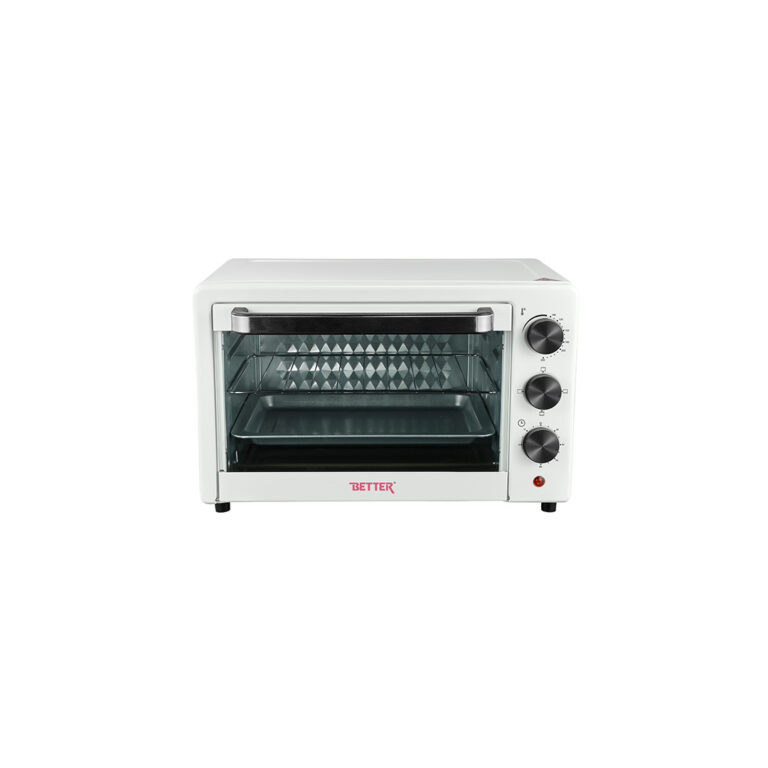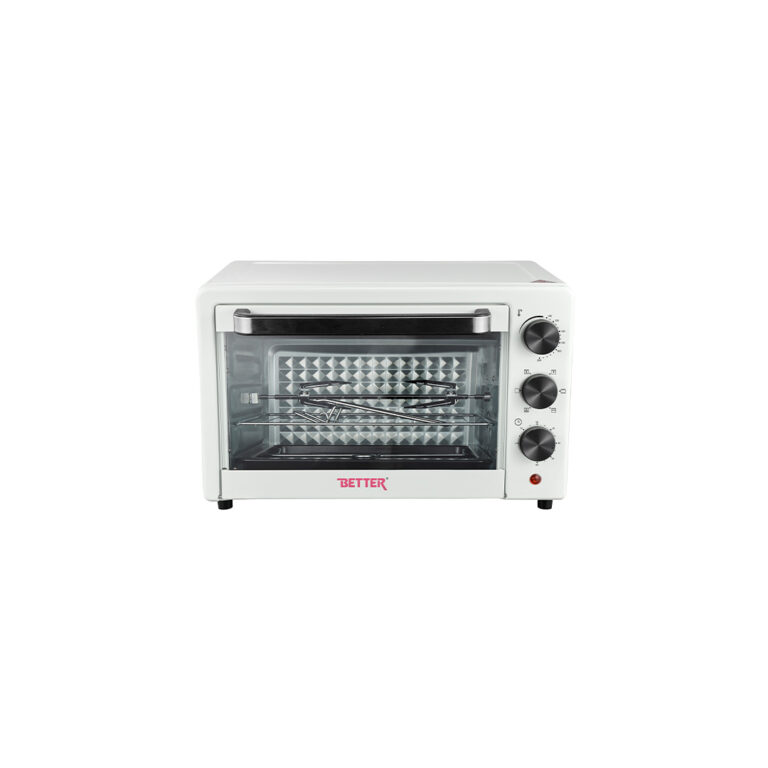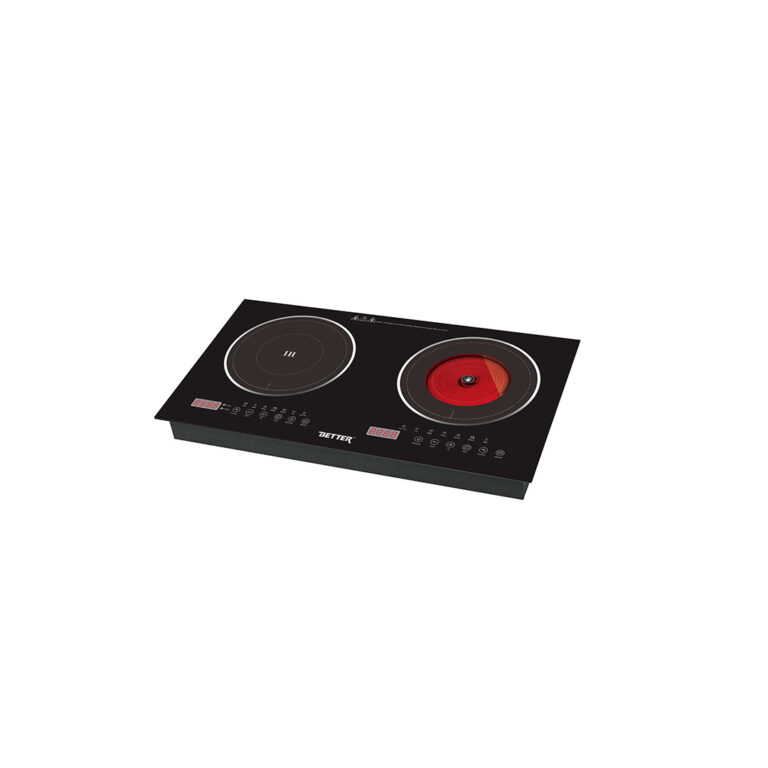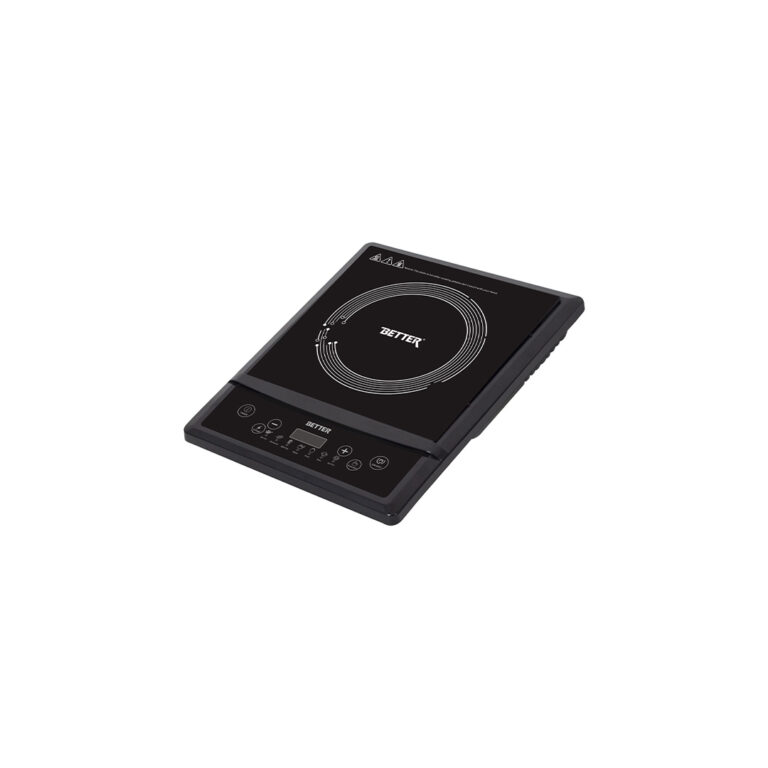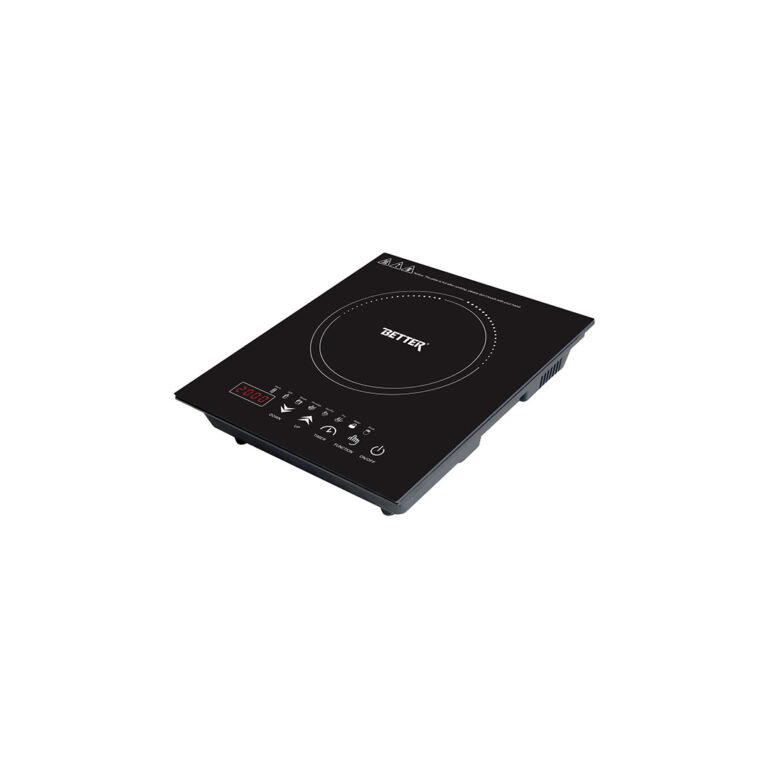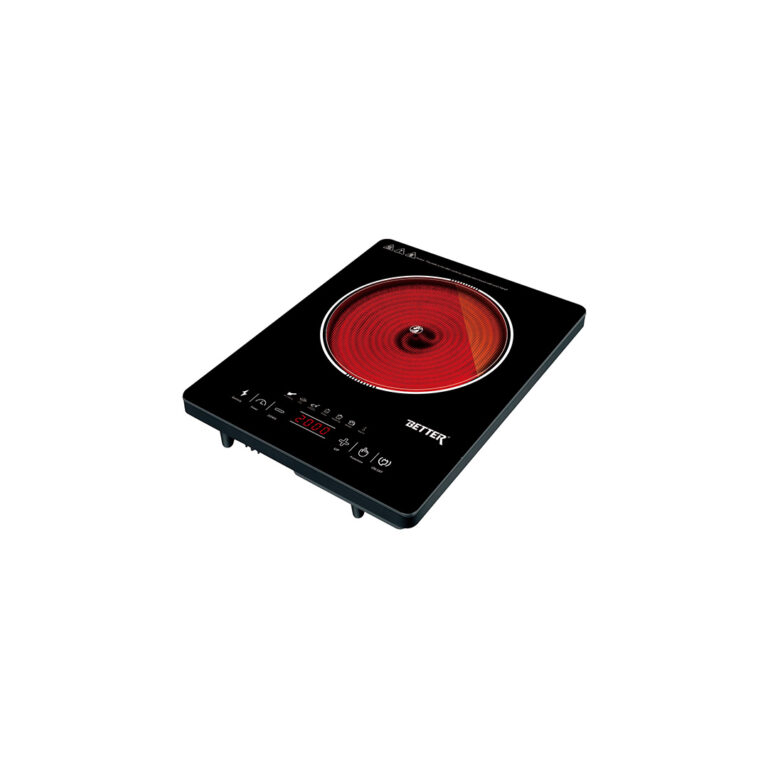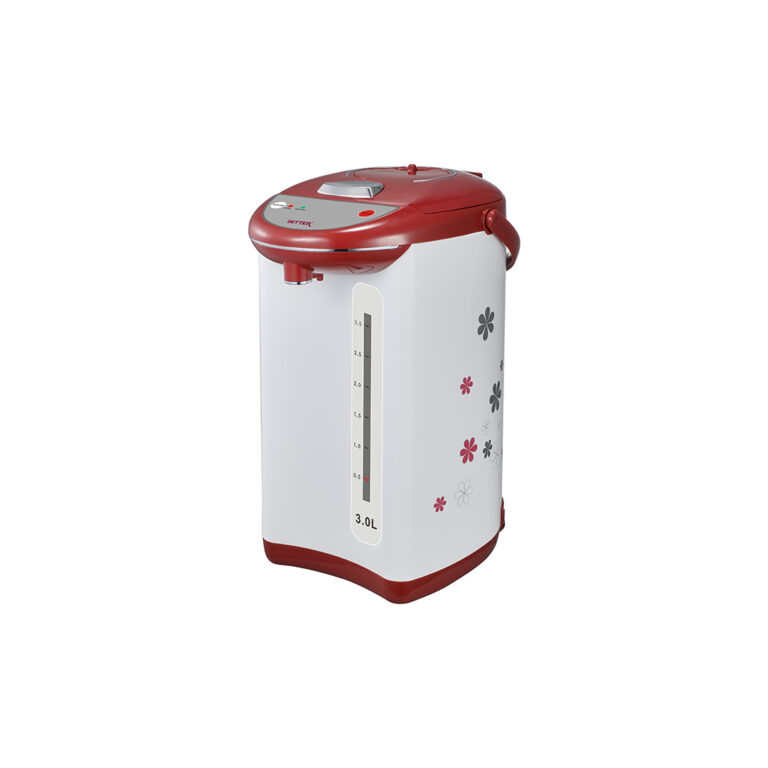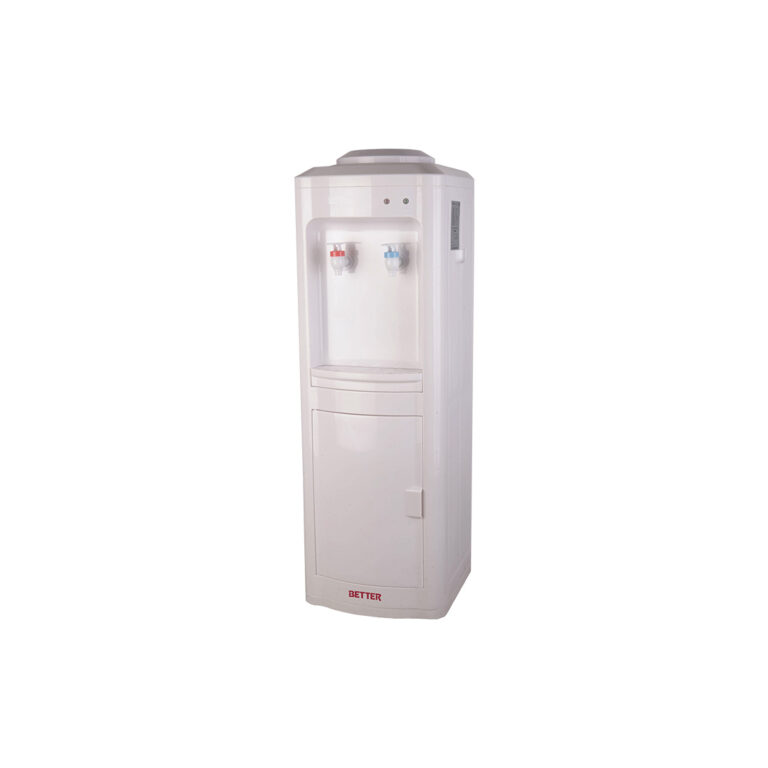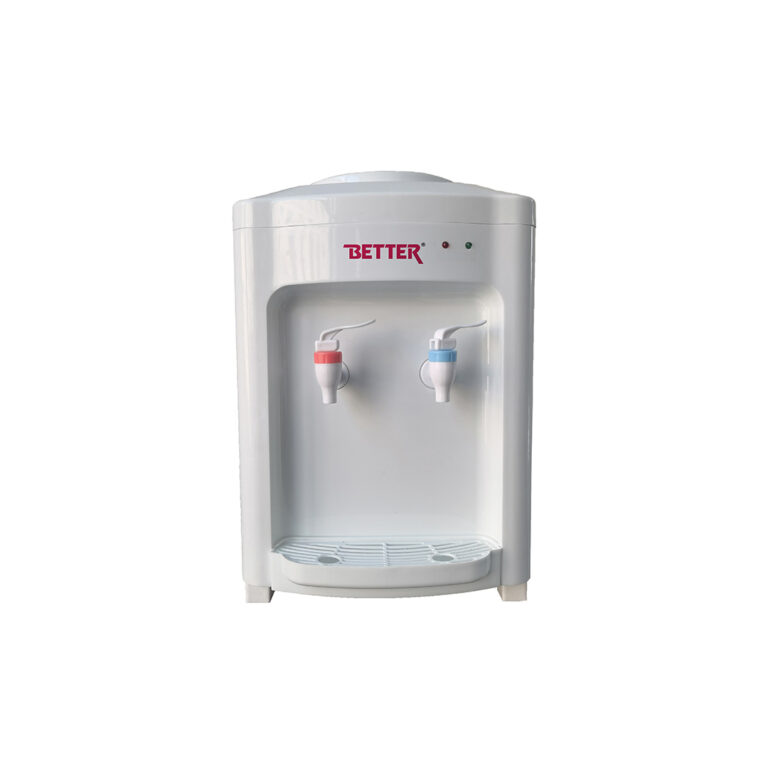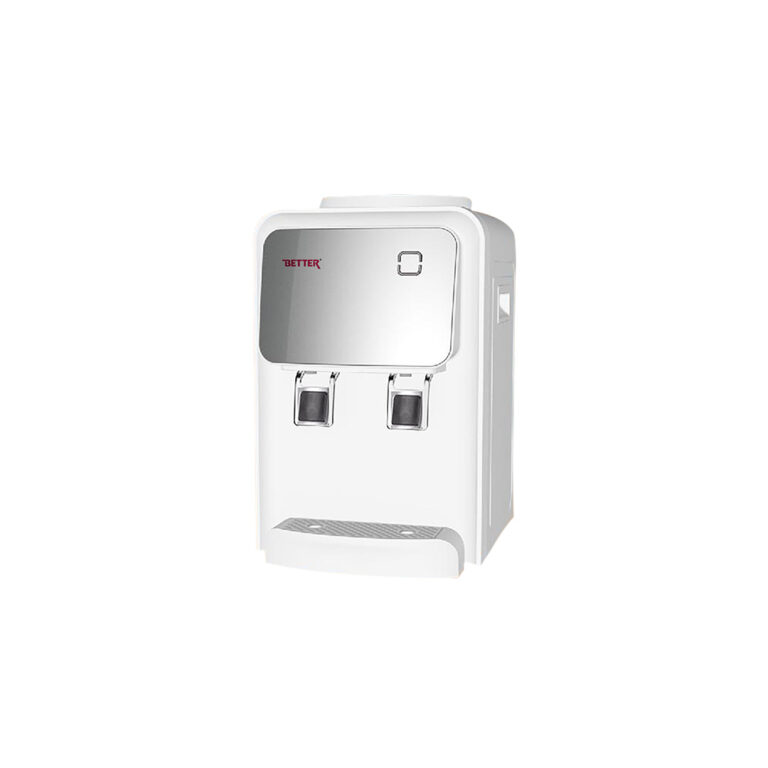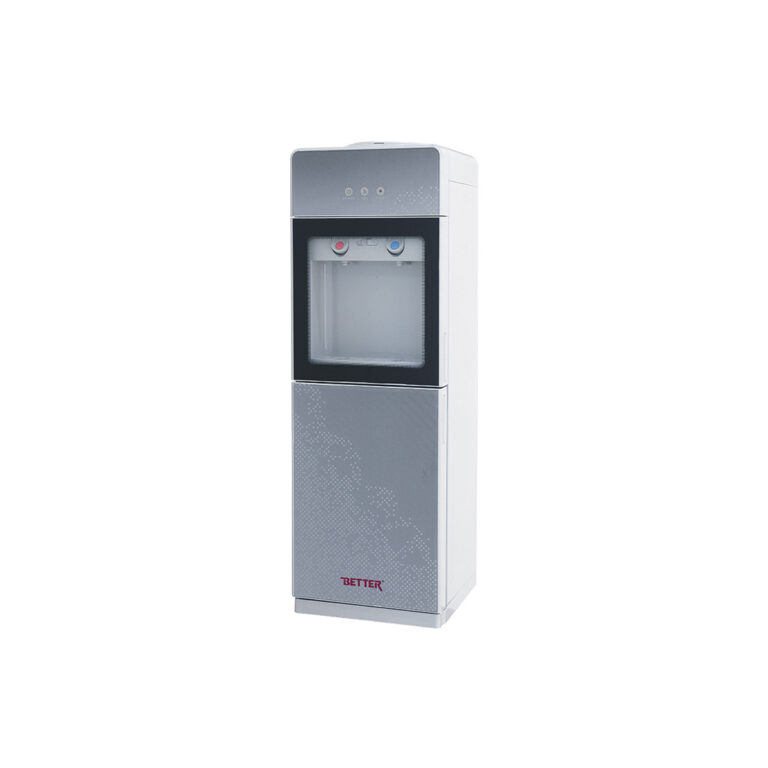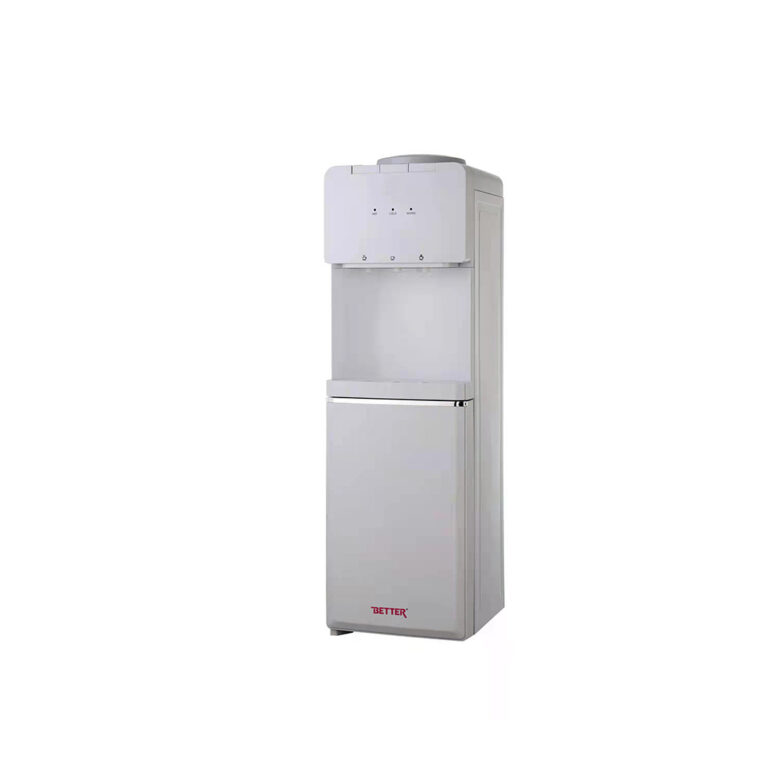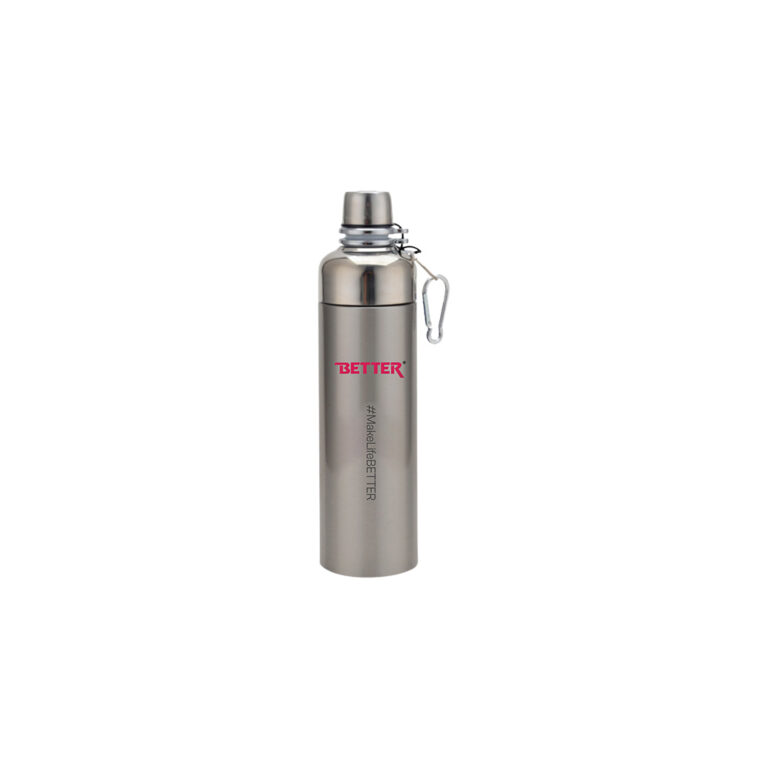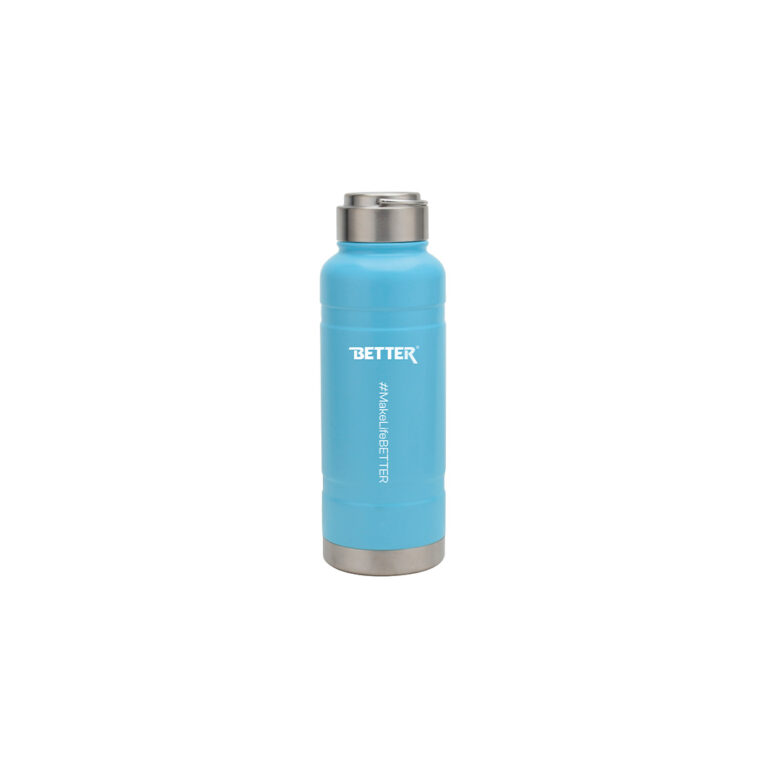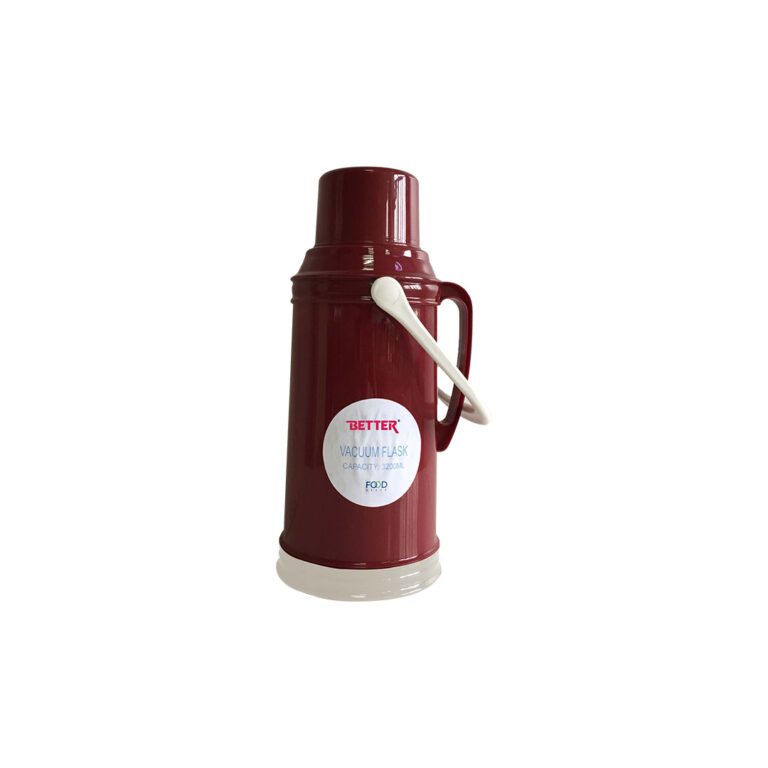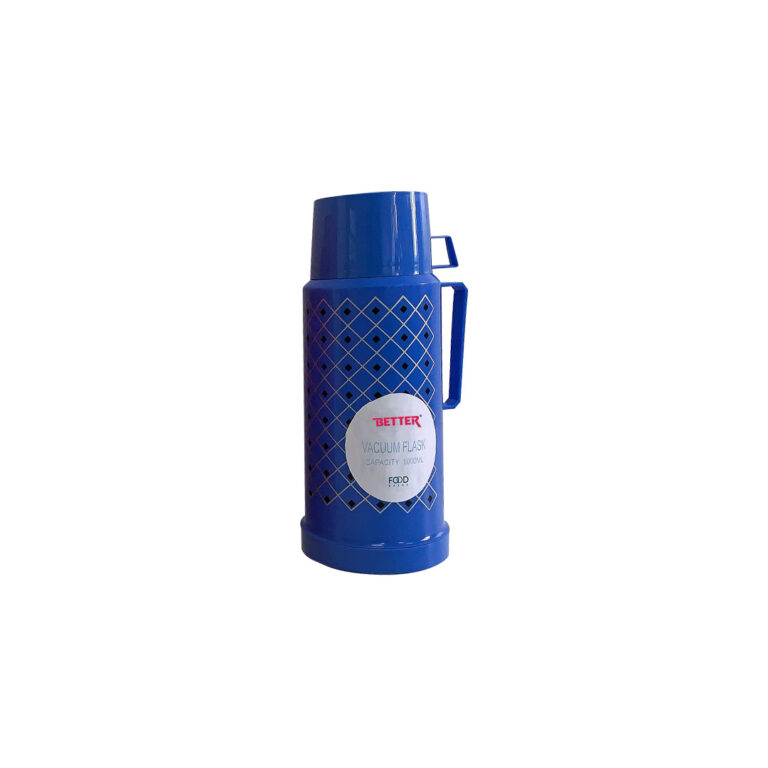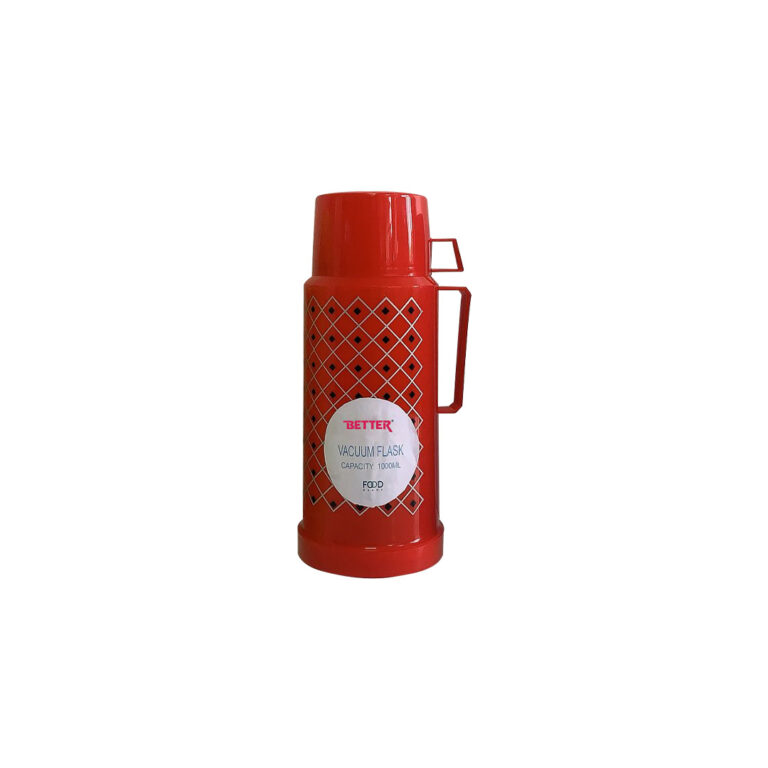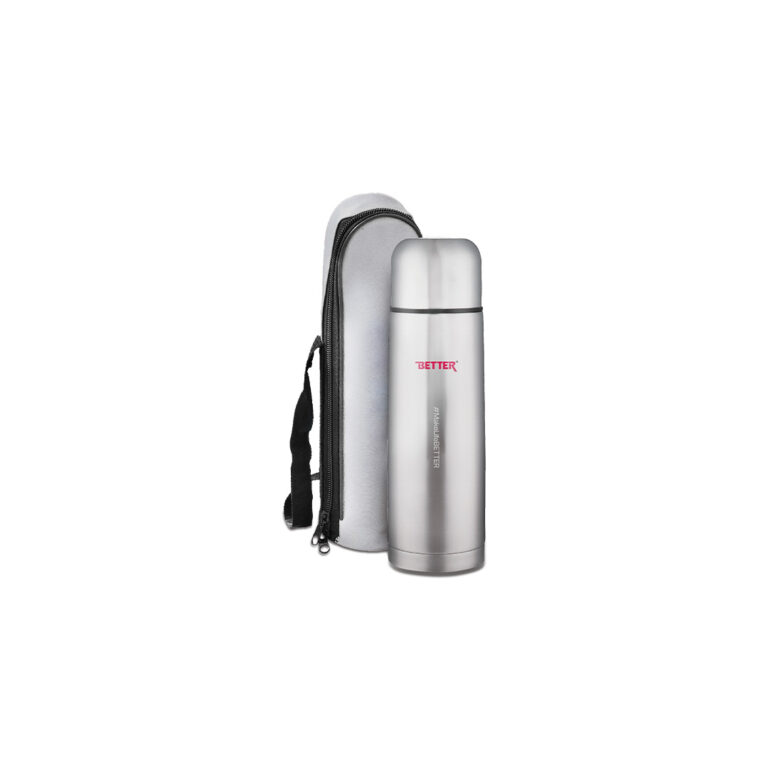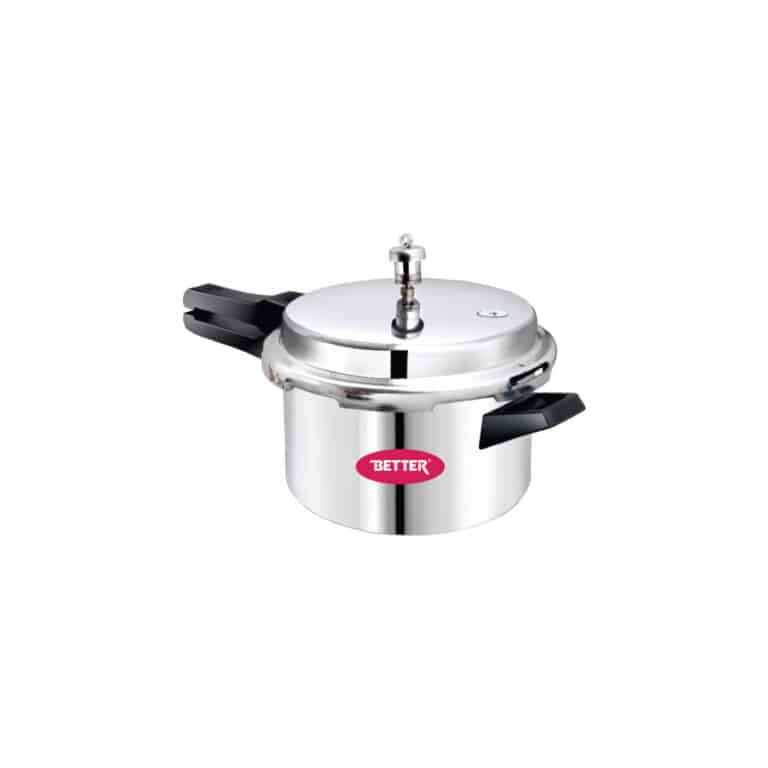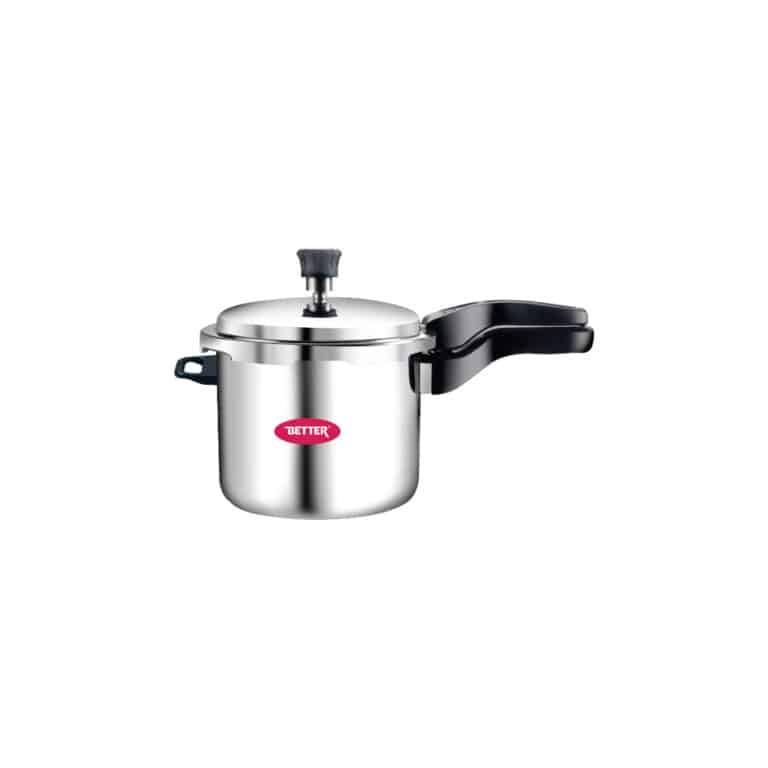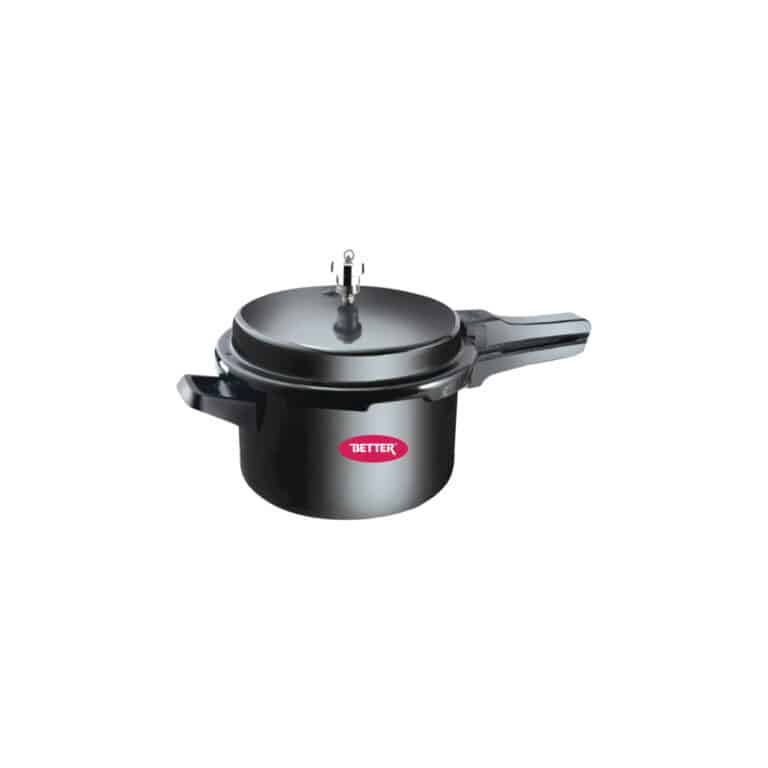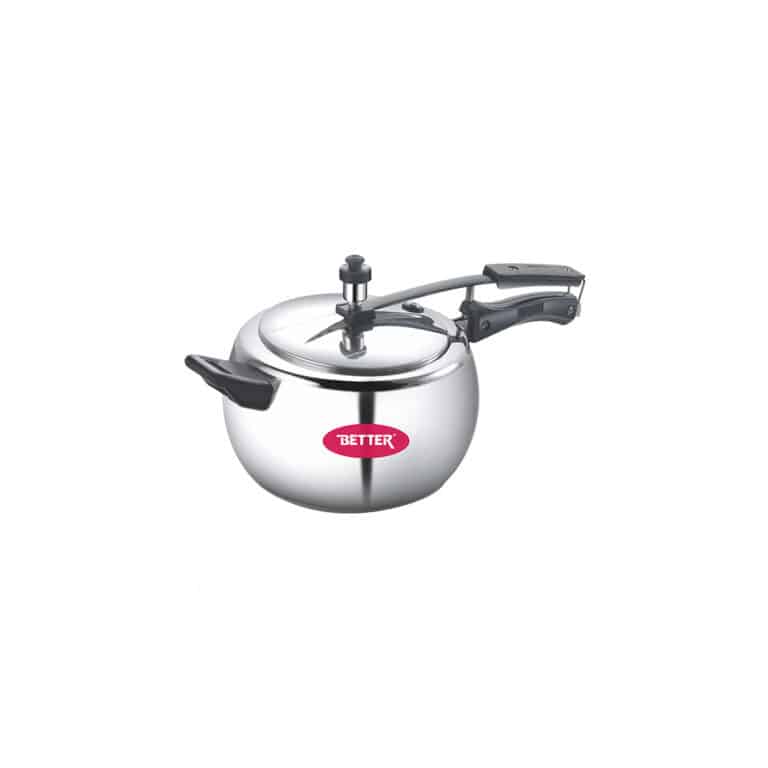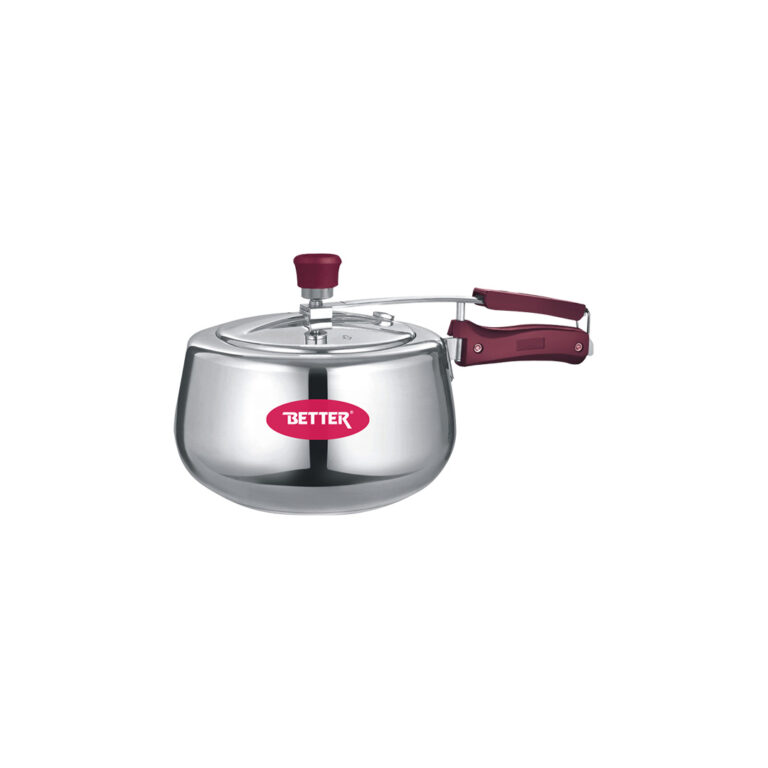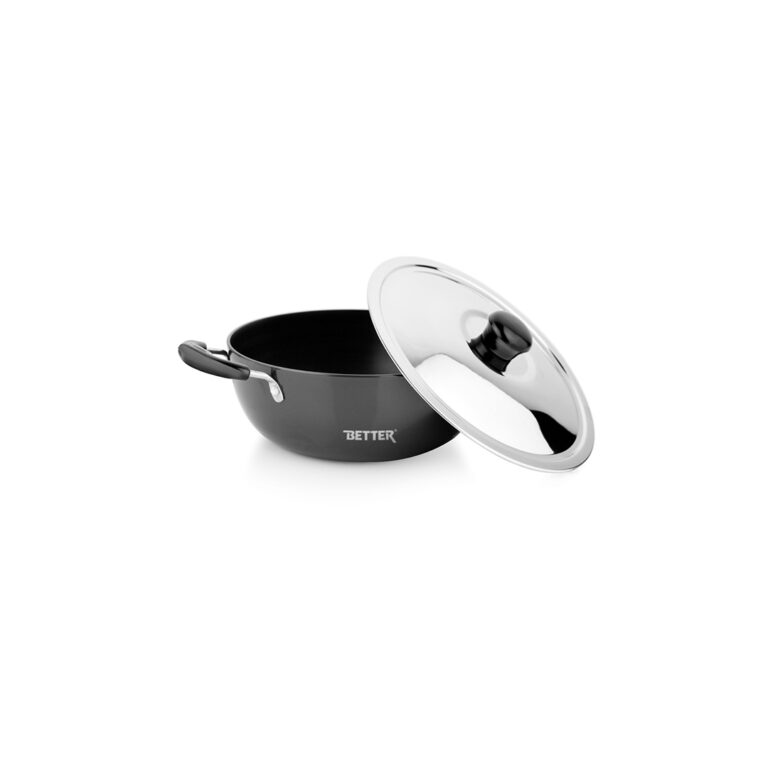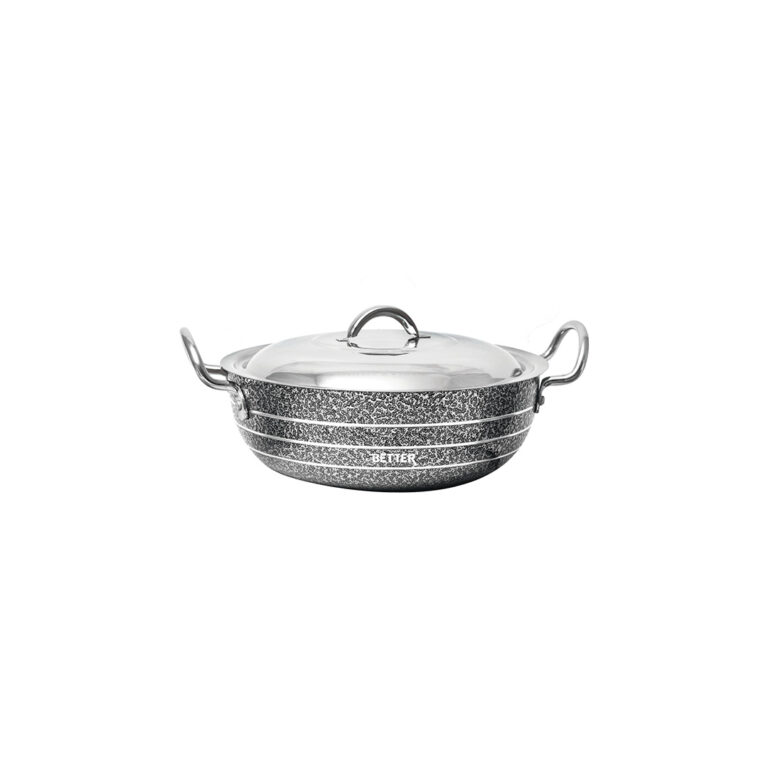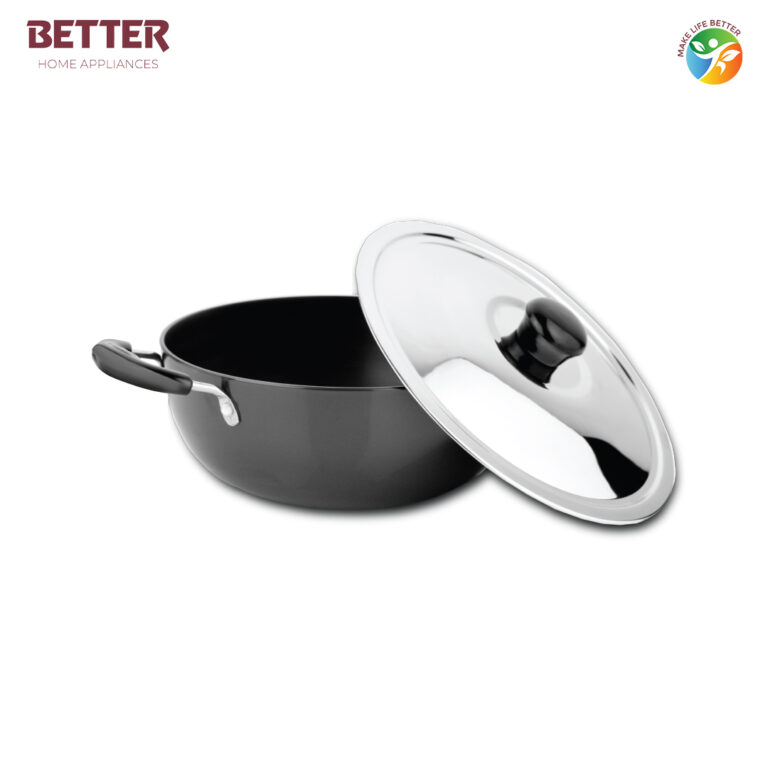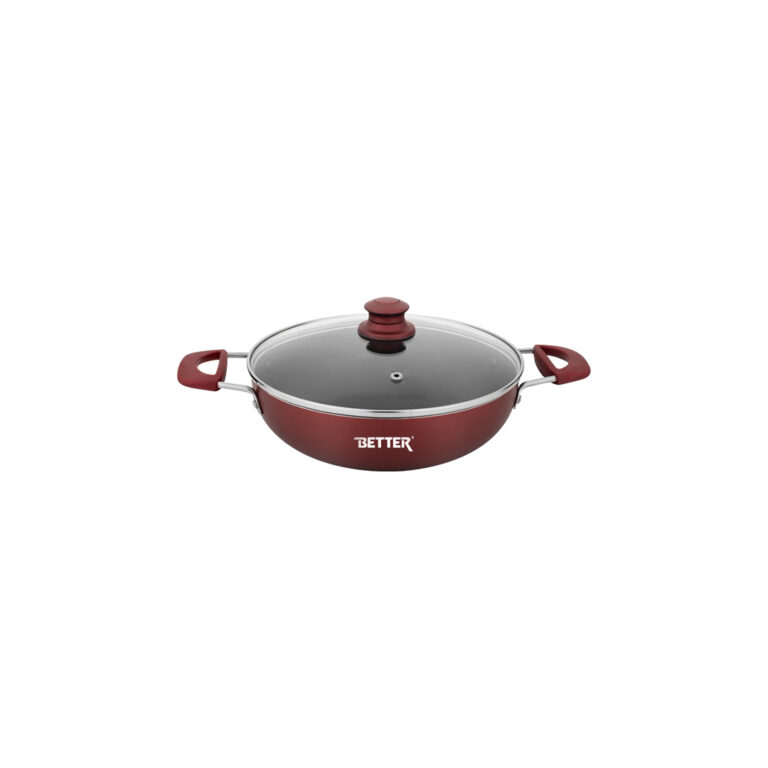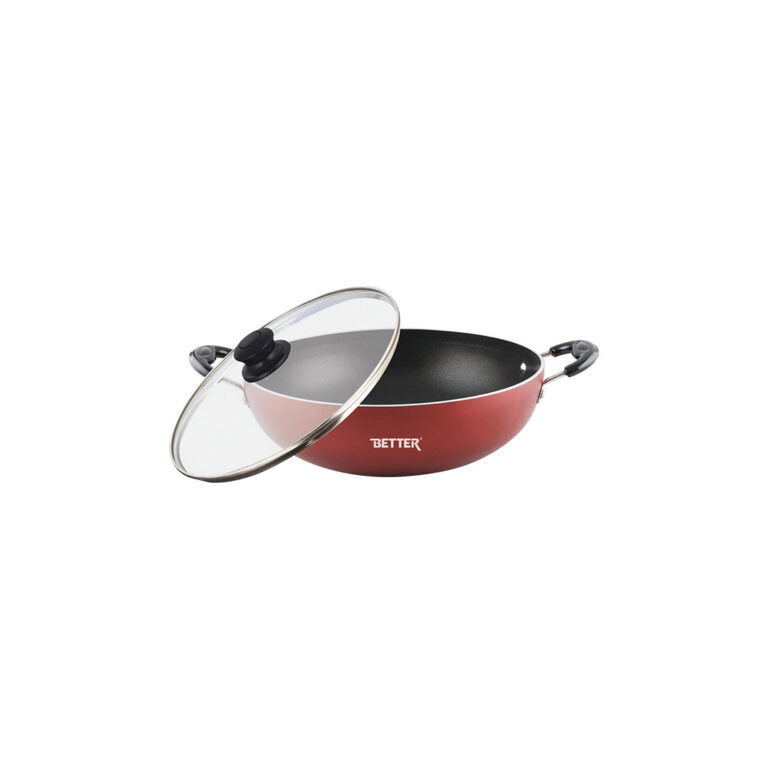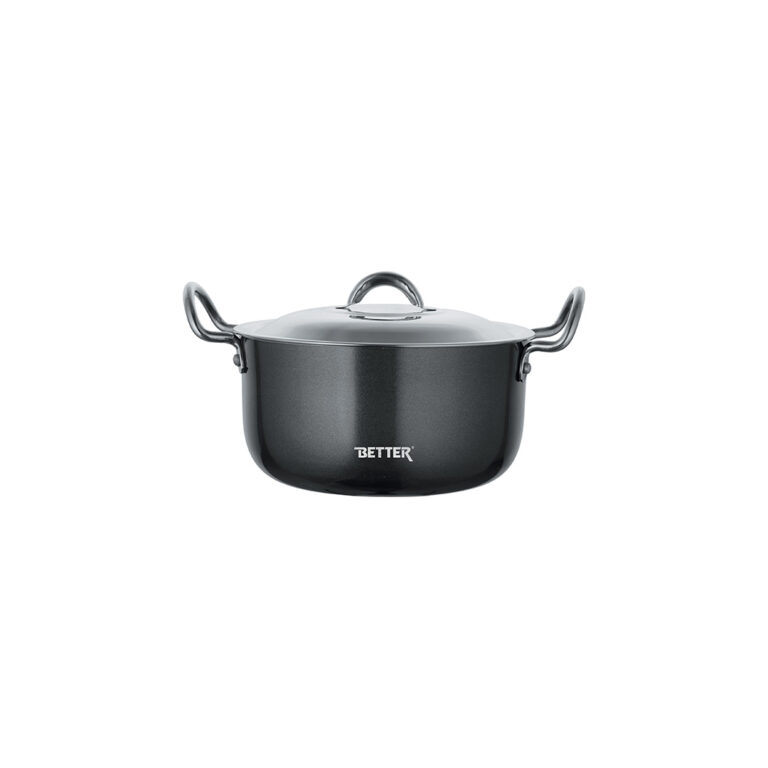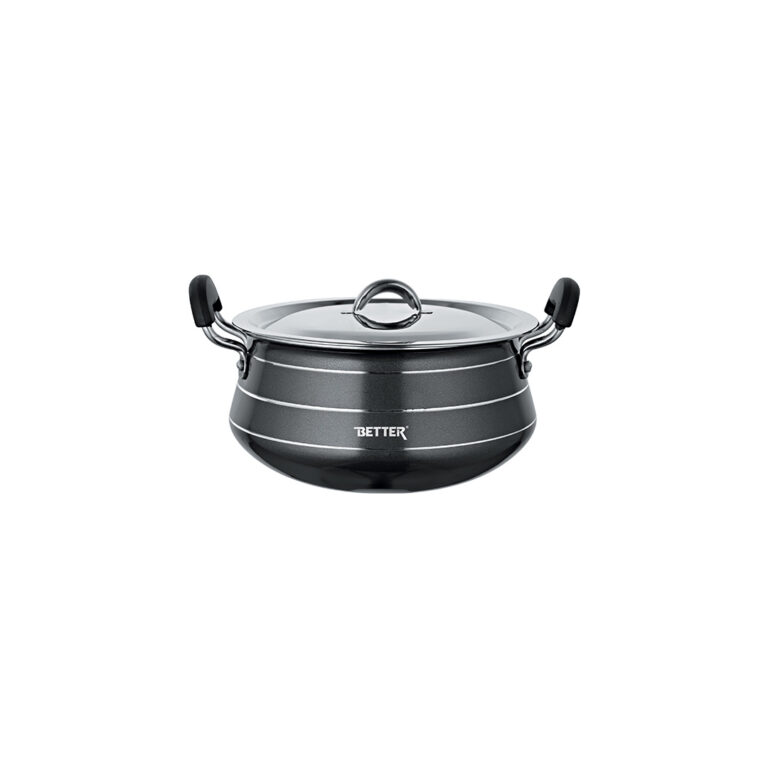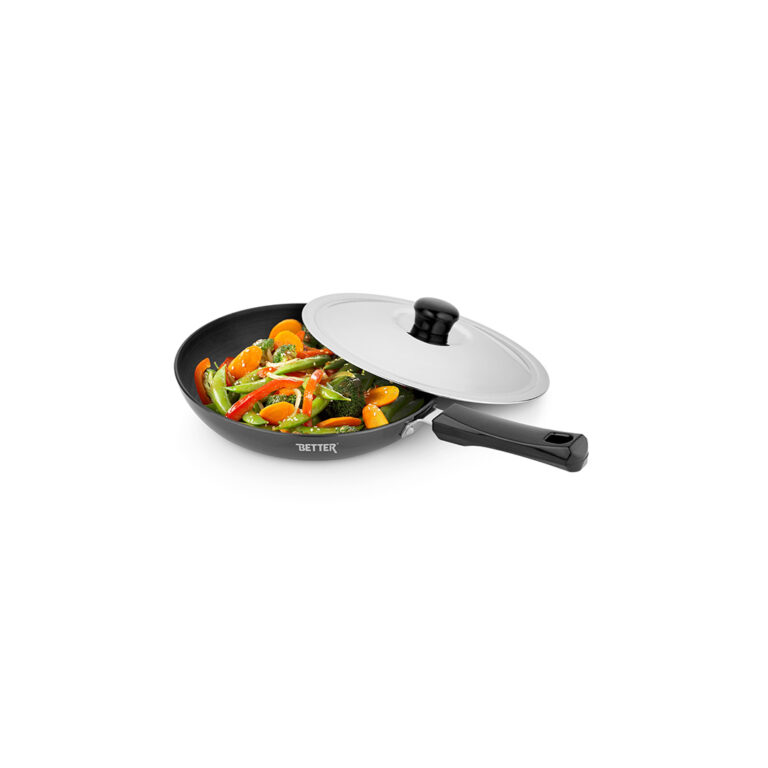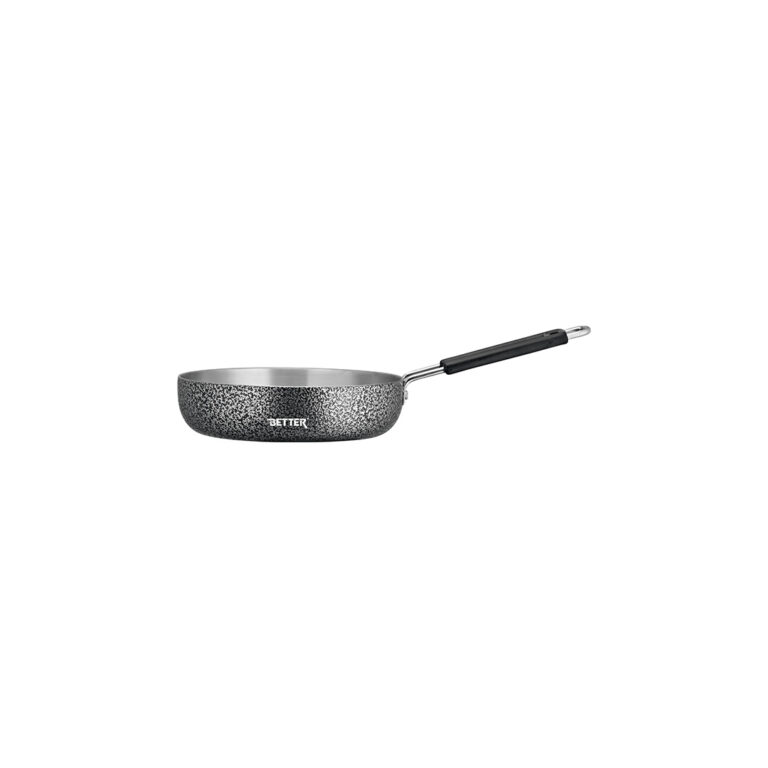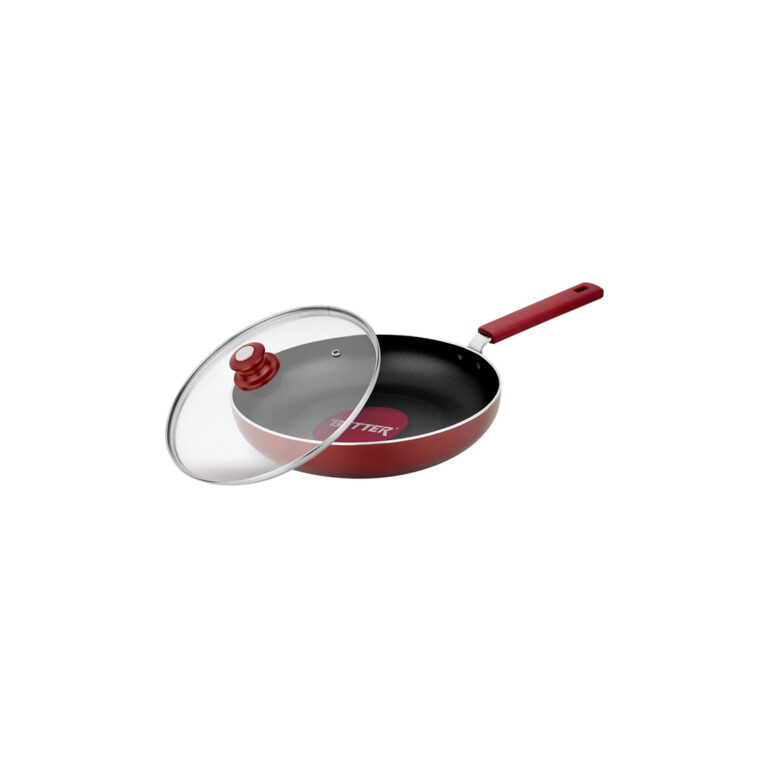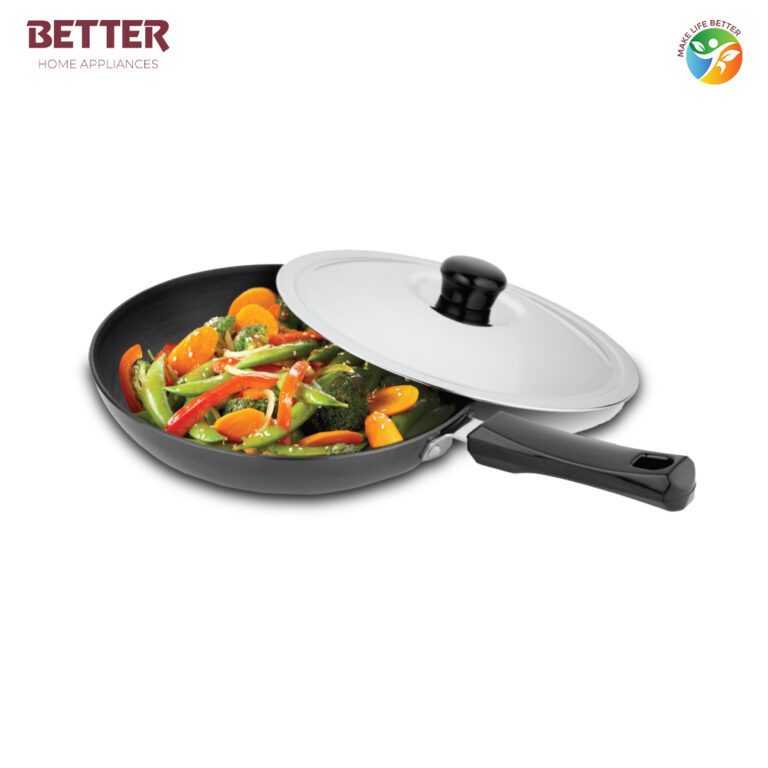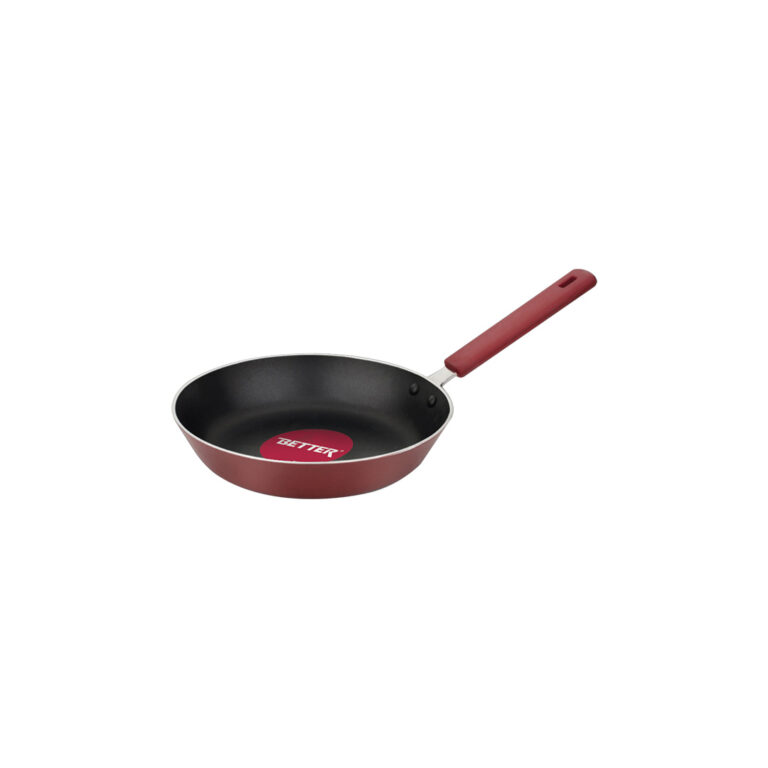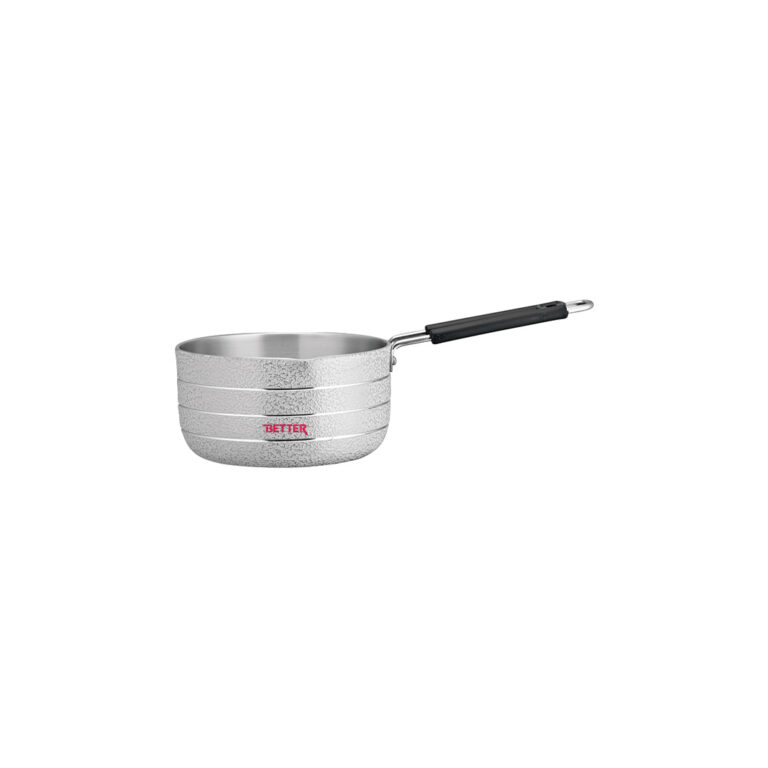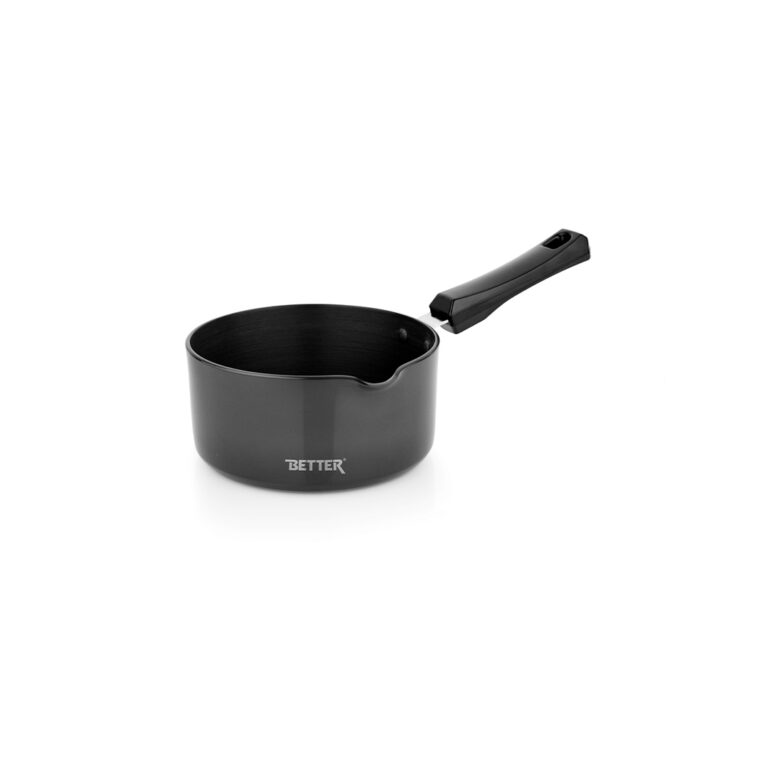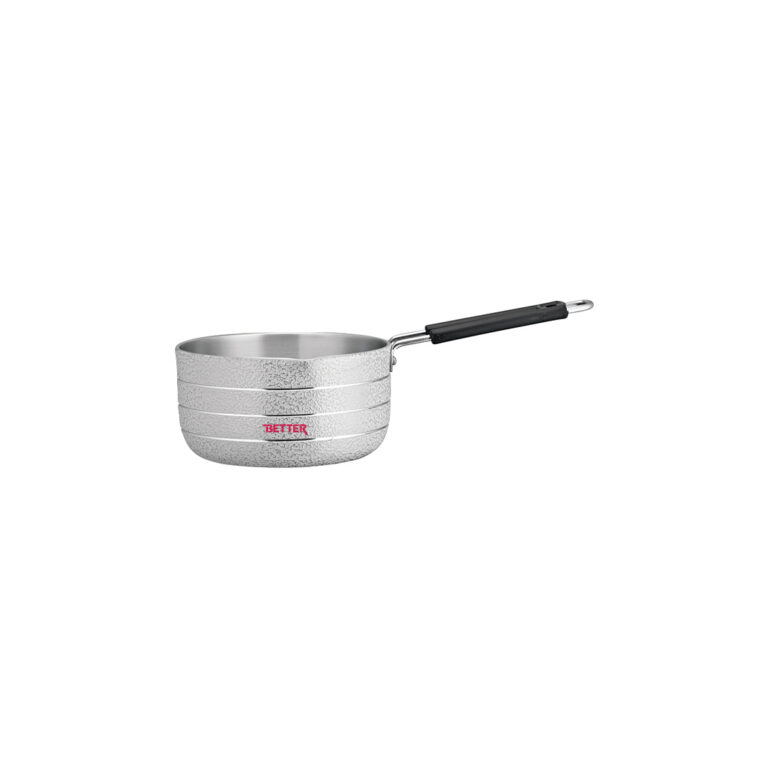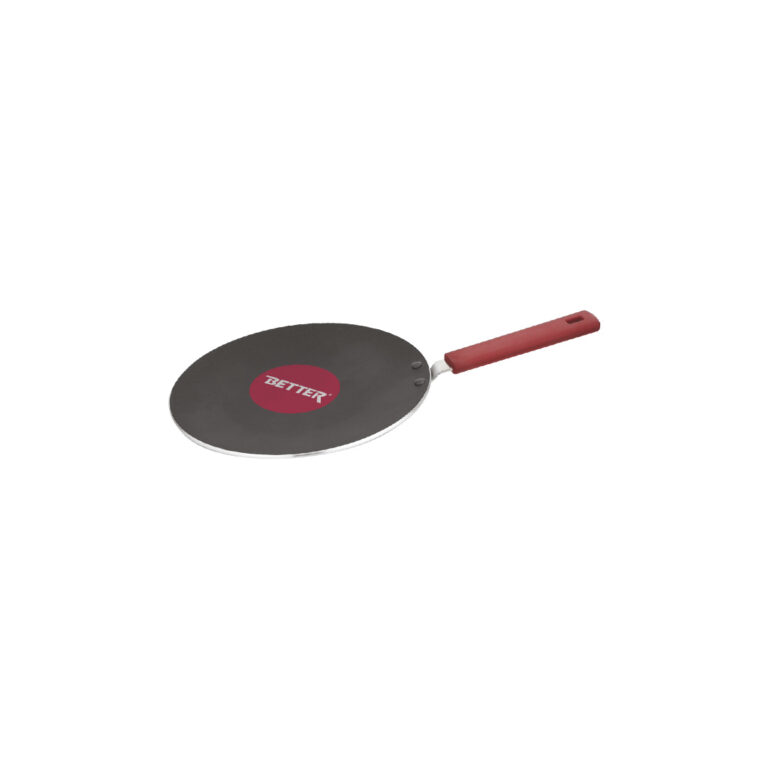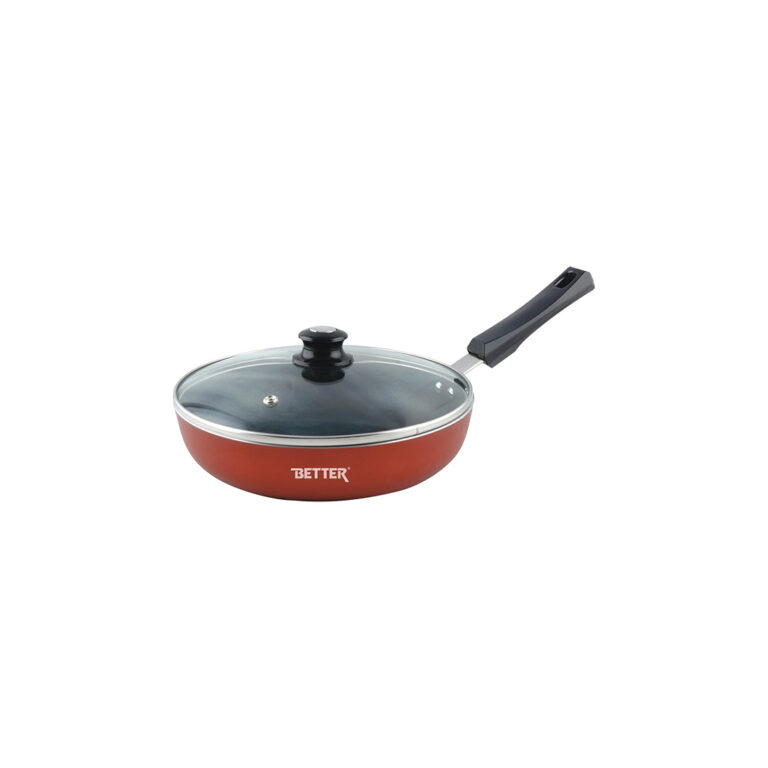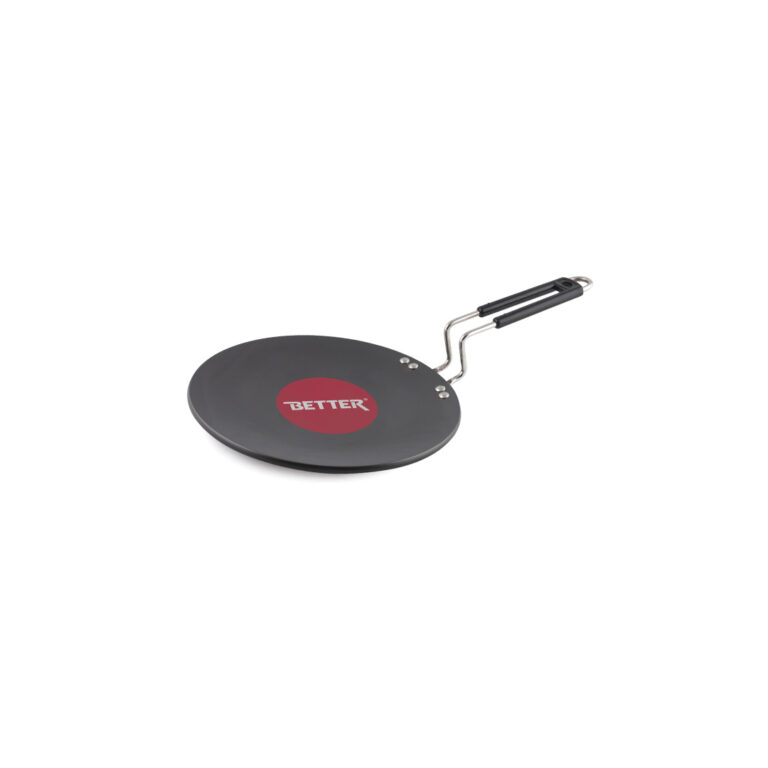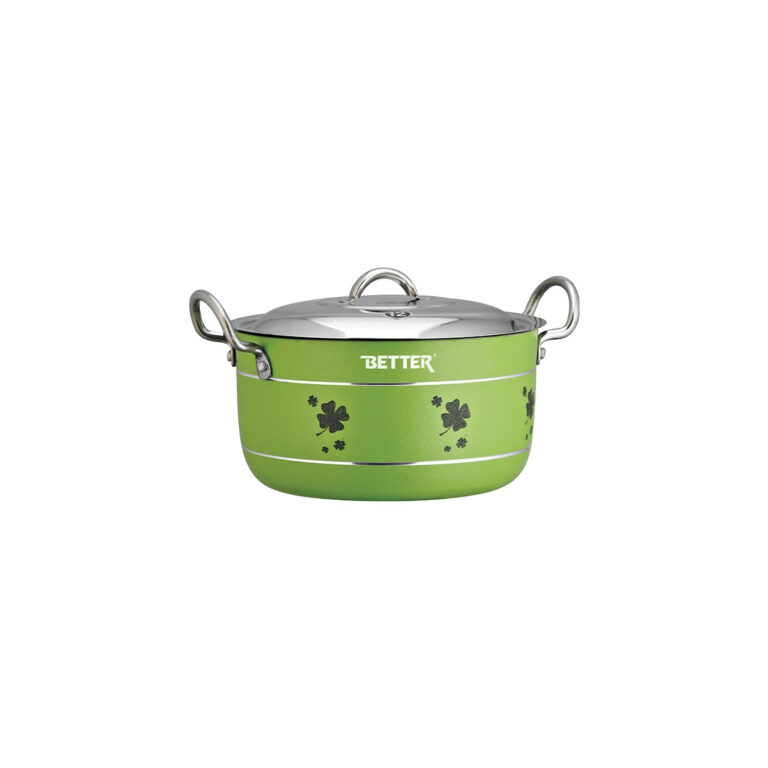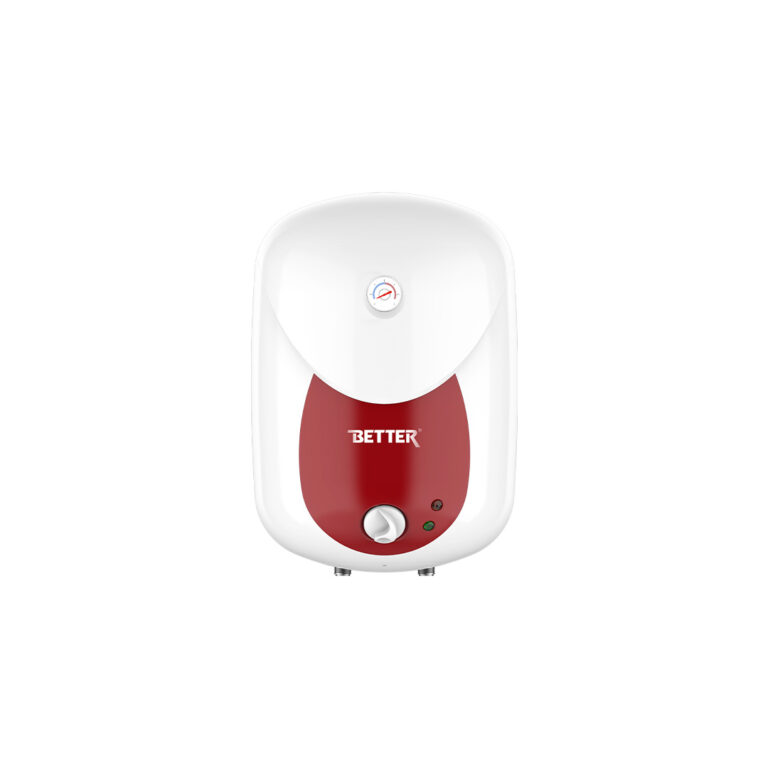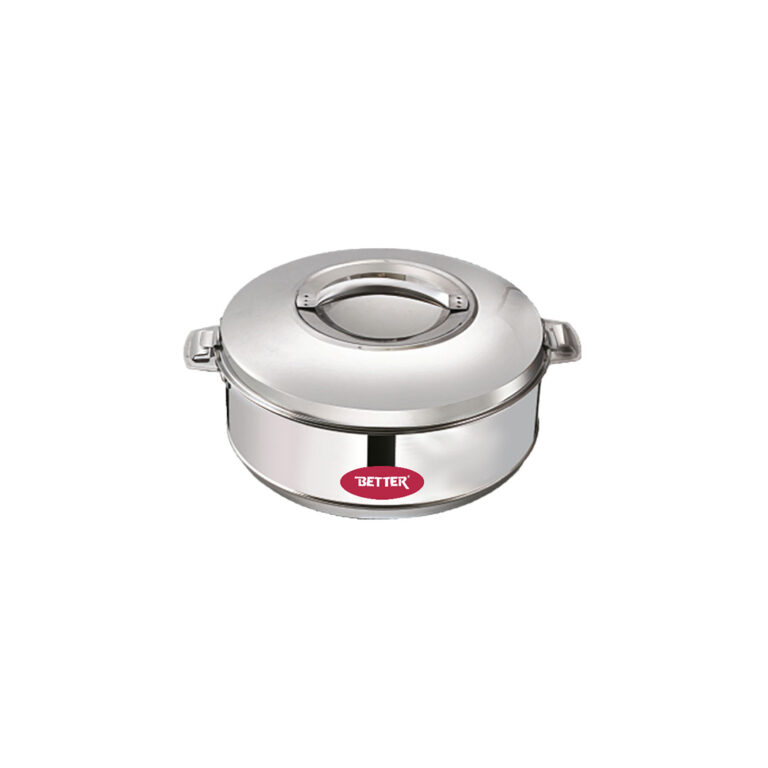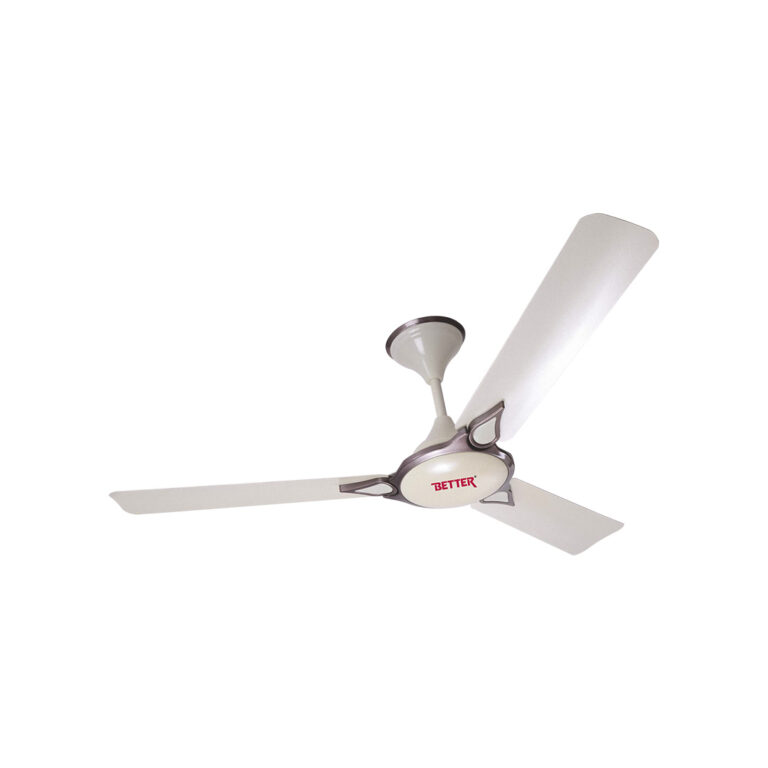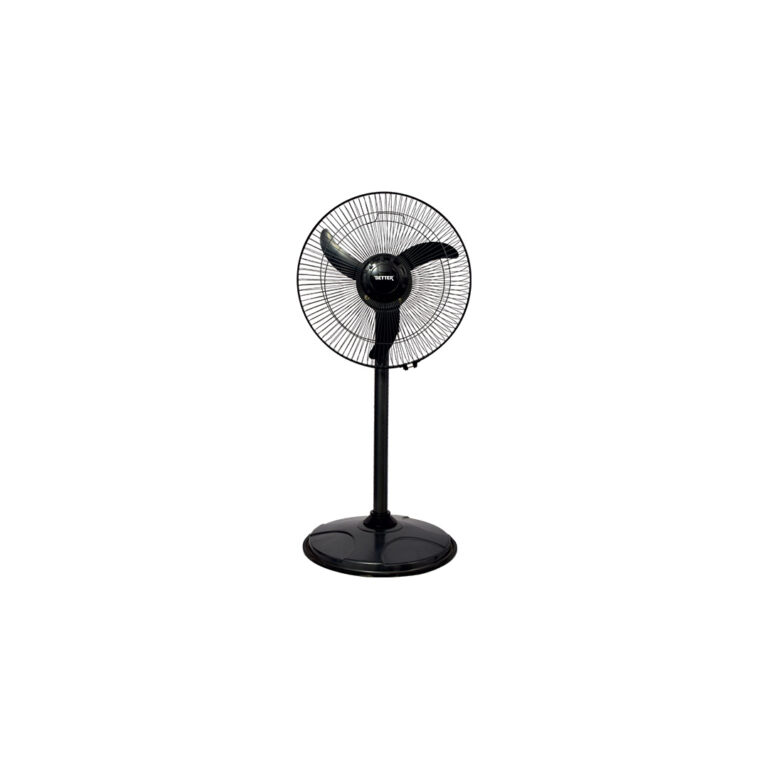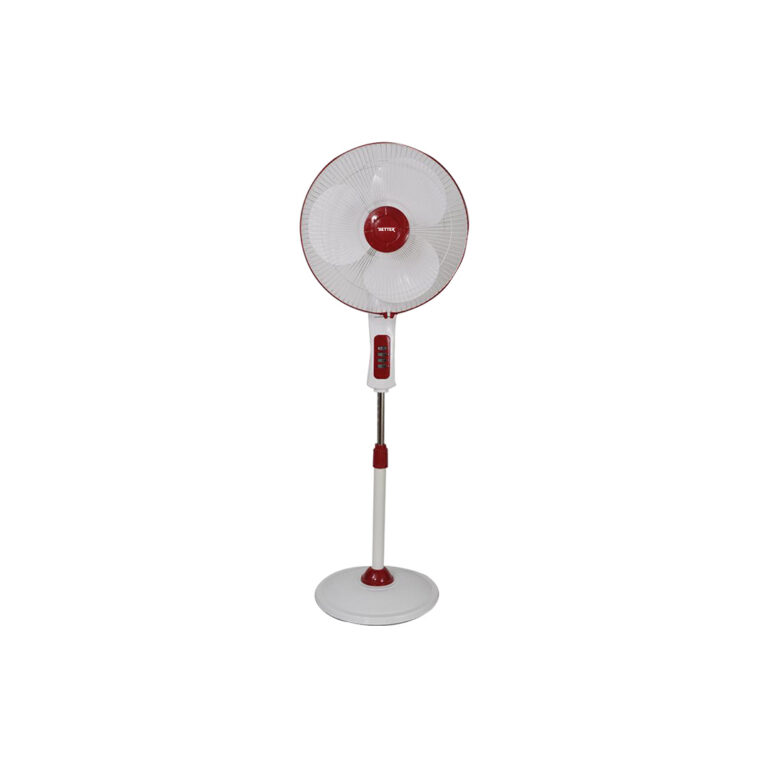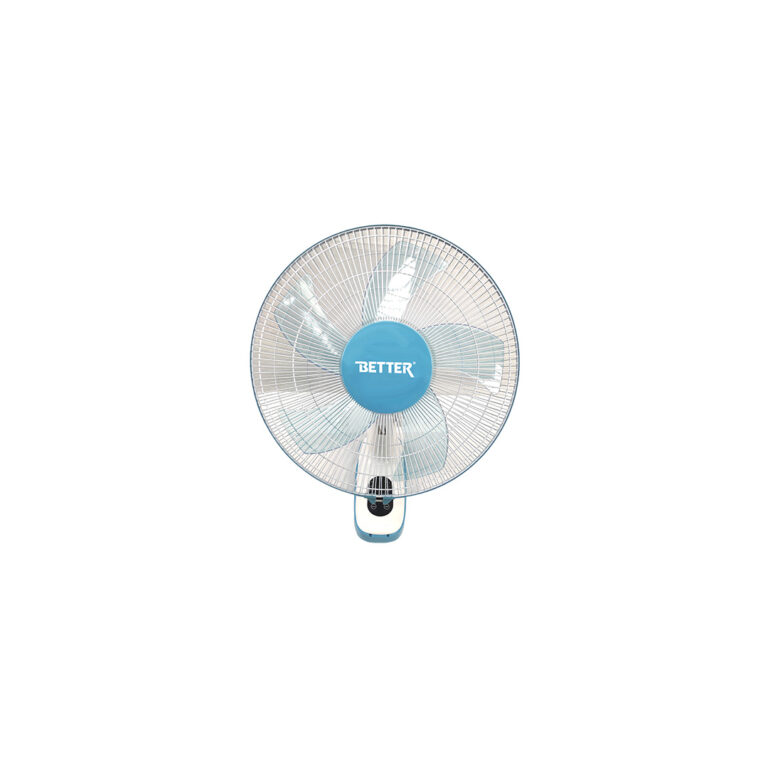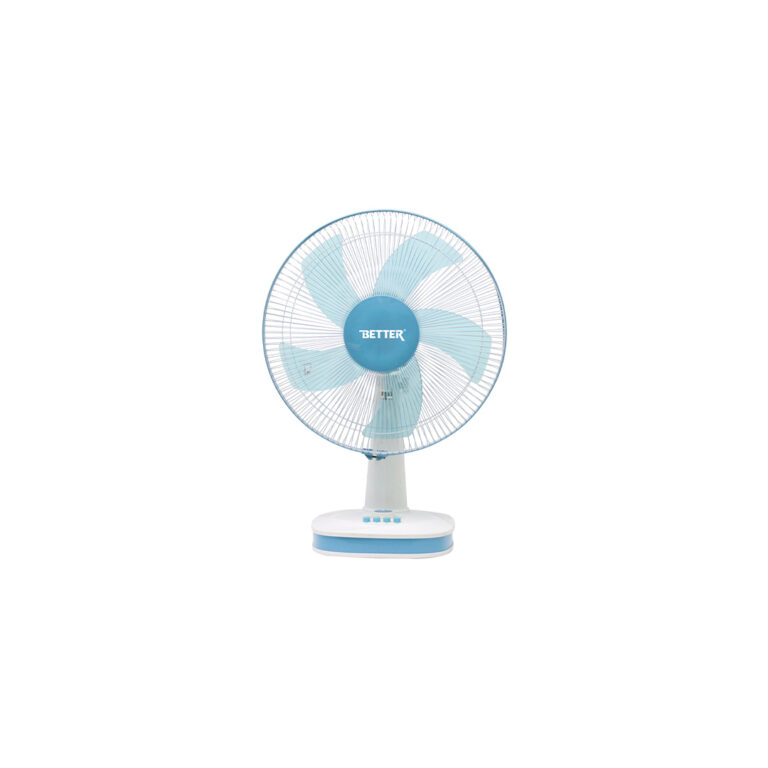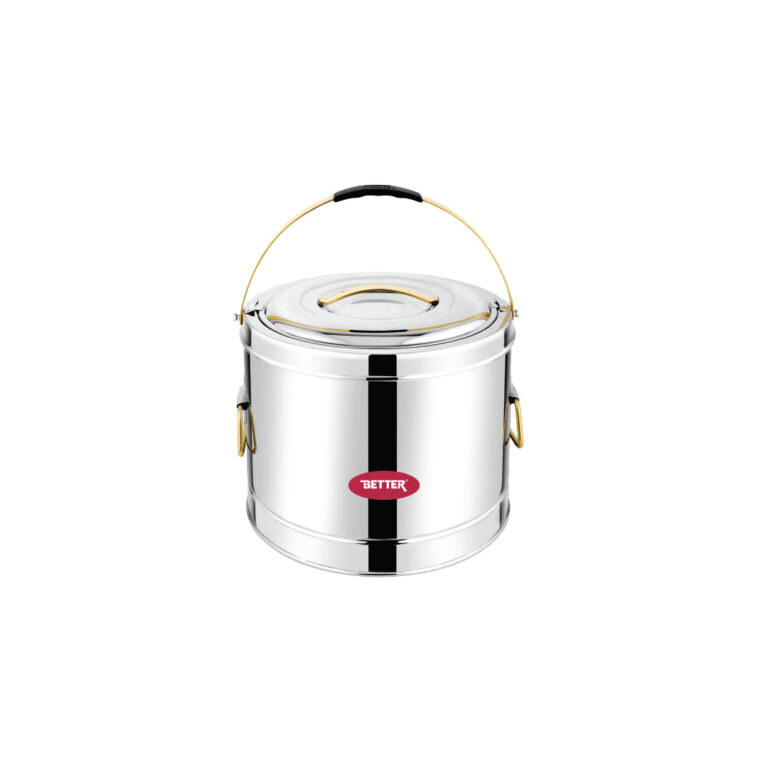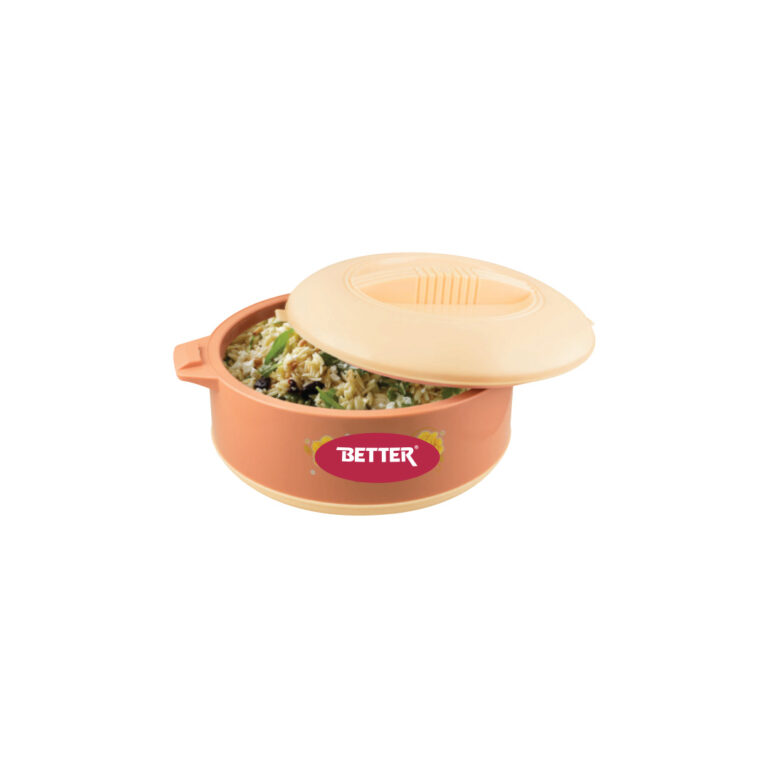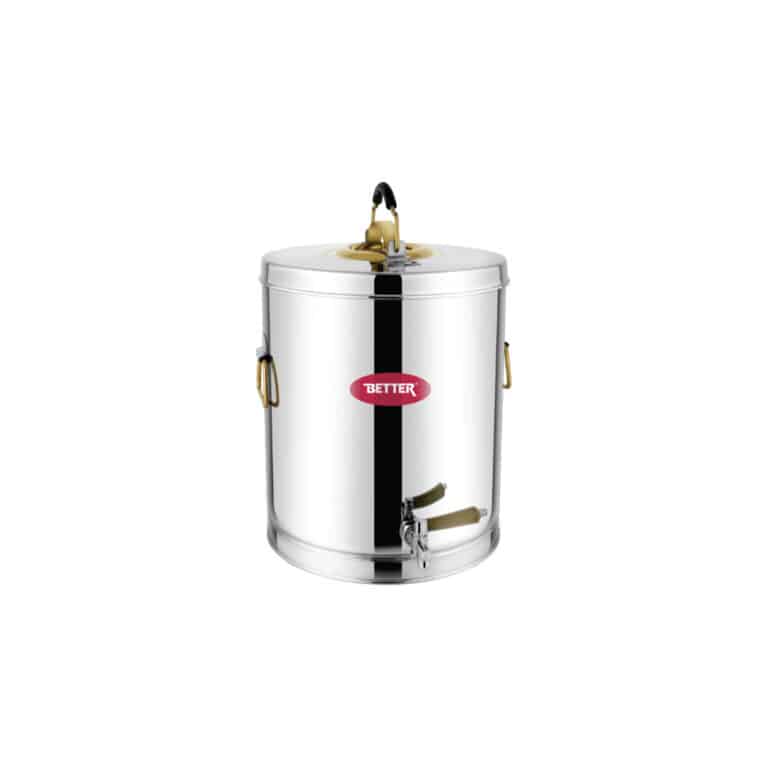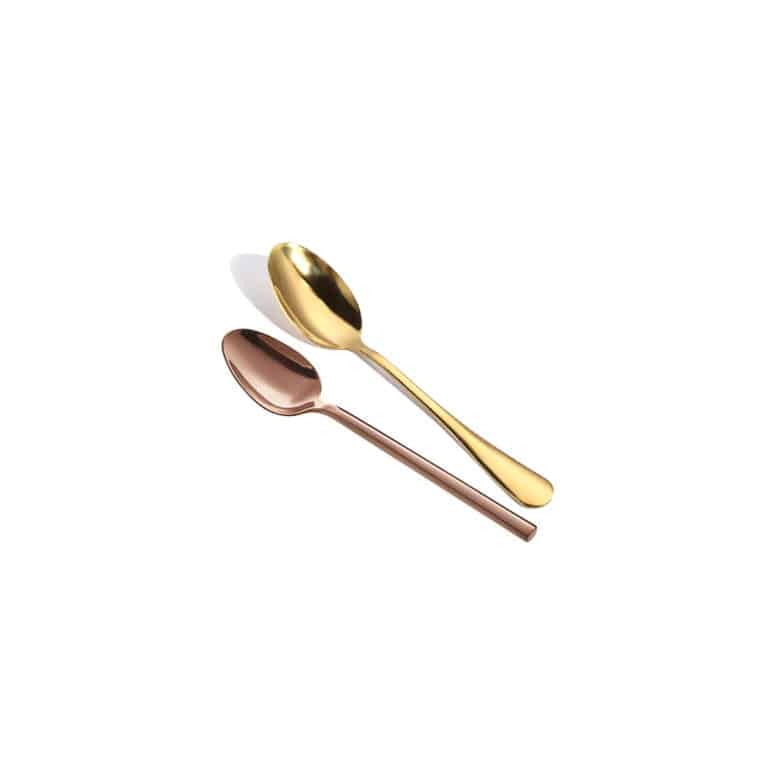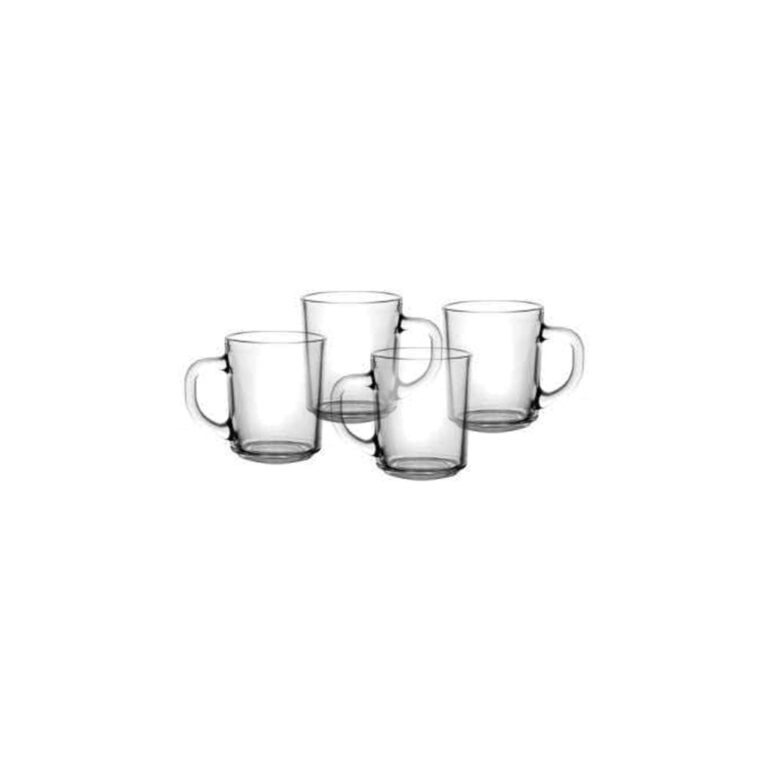
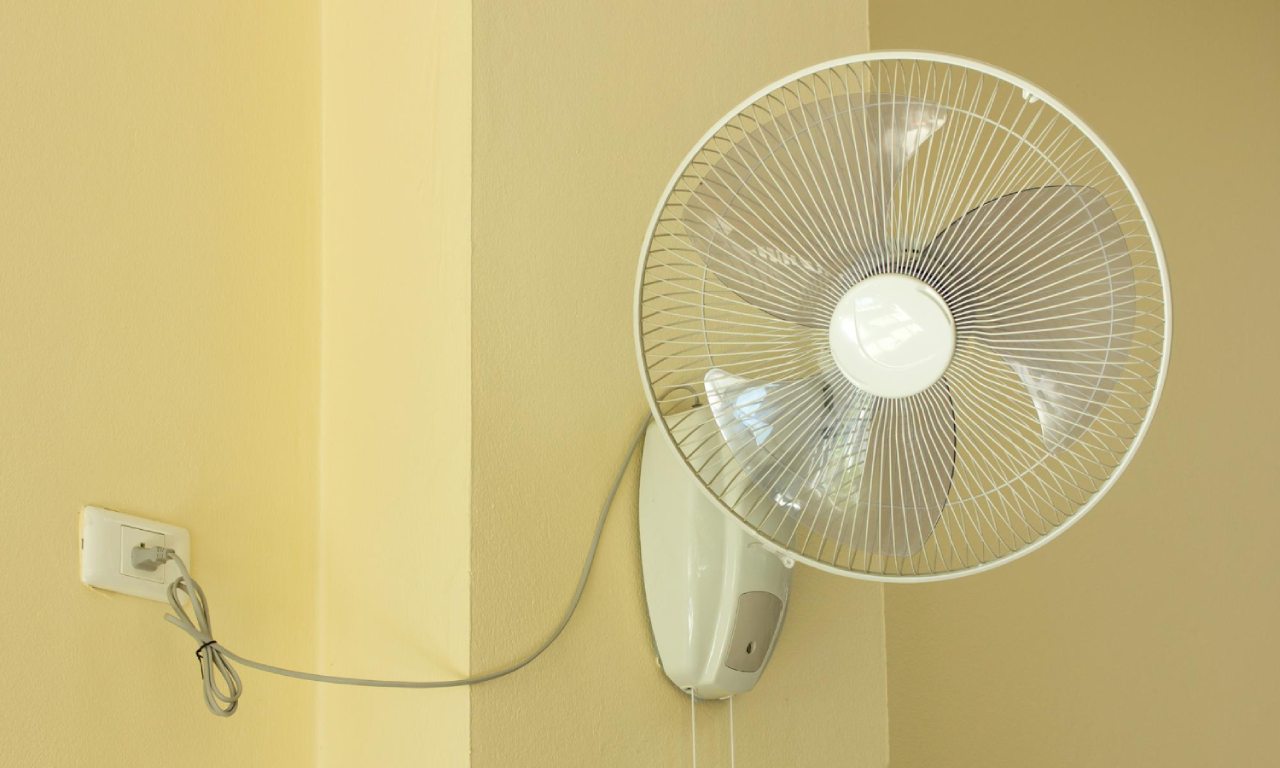
Maximizing Efficiency: Understanding Wall Fan Power Consumption
March 14, 2024
Share To:
Whether it be at home or an office, sitting in a room where a wall fan blows cool air this summer is something that everyone wishes for. But what about the electricity bills that are going to come up when the fan is used for an extended period?
Yes, using a wall fan for an extended period might indeed increase your electricity bills. However, is it the only wall fan that can be held responsible entirely for increasing your electricity bills? To answer the question, in this blog, we’ll be going through in detail about the wall fan power consumption. Let’s begin,
Wall Fan and It’s Working
A wall fan is a type of fan that is designed to be mounted on the wall providing air circulation and cooling in the room. Walls fans make it possible for cooling spaces where there is limited space or placing a ceiling fan is not possible. Ceiling fans come with several features such as oscillation, multiple speed settings, and a remote control for convenience.
Like any other normal fans, wall fans also consist of two major components: motor and blades. A motor is usually at the base of the fan and converts electrical energy into mechanical energy. The motor is connected to the blades which are usually made up of plastics or metal.
When the wall fan is connected to a power source, the motor rotates, ultimately rotating the connected blades. This results in pushing the air forward ultimately creating airflow in the room.
How to calculate wall fan power consumption?
The first step toward finding the power consumption of a wall fan involves finding the wattage of the fan. Usually, the wattage of the fan ranges from 30 watts to 100 watts. You can find the wattage of a wall fan from its manual or specifications.
Once you have figured out the wattage of the fan, then determine the number of hours you will be using the fan. When you multiply the wattage of the fan by the number of hours you’ll be using the fan then you’ll get energy consumption in watt-hours (Wh) or Kilowatt-hours (kWh).
For example, if your wall fan wattage is 50 watts and you run it for 18 hours a day your energy consumption would be,
Energy consumption = Wattage * Hours Used
= 50*18
= 900 Wh or 0.9 kWh
In monetary value, if we assume the cost of 1 kWh of electricity to be Rs 10 then,
Daily energy cost = Energy Consumption in kWh * Rate of electricity per kWh
= 0.9 * 10
= 9 Per Day (If used for 18 hours a day)
So, if you use a wall fan that has a wattage of 50 watts for 18 hours a day and your electricity cost per wattage is 10 then your fan will be consuming energy equal to 9 rupees per day.
Factors Affecting Wall Fan Power Consumption

While the wattage of the fan plays a primary role in the consumption of power, other factors affect it too. Let’s look into factors affecting wall fan power consumption:
Fan Size
Fine size plays an important role in the power consumption. Larger fans require higher energy to operate and have higher wattage requirements. This ultimately leads to the consumption of more energy. So, the larger the fan size the higher the energy consumption.
Fan Speed
The other factor that affects the power consumption of a wall fan is the fan speed. Fans with higher speeds typically consume more power than the ones with lower speeds. Running your fan at a higher speed results in a higher consumption of energy.
Fan Motor Efficiency
If the fan motors are efficient then these motors will consume less energy while giving out the same output. High-quality and efficient motors consume less energy without any effect on the results.
Airflow Resistance
The obstruction in the working of the fan due to airflow resistance might result in a higher consumption of energy. This is because the airflow resistance will prevent air from flowing freely and this makes the fan motor work harder to push the air resulting in the motor requiring extra power.
Tips for Maximizing Wall Fan Efficiency
Now that we know about the wall fan power consumption and the factors affecting it, let’s move forward and look into ways to maximize wall fan efficiency.
Proper Fan Placement
One of the most effective ways to maximize the wall fan’s efficiency is by placing it in the right place. Try placing the wall fan where it can circulate air freely without any obstruction.
Regular Maintenance and Cleaning
Cleaning the fan at regular intervals so that no dust and debris remain in the blades helps wall fans to operate at higher efficiency. Also, perform regular inspections of fans to figure out any issues are necessary.
Choosing the Right Fan Size and Speed
Make sure you choose the size of the fan according to the space. An oversized fan for a room can result in higher energy consumption only. Also, consider maintaining speed according to the need to reduce high energy consumption.
Upgrade to Energy energy-efficient models
Modern wall fans come in different models. If you are looking to replace an old wall fan or thinking of getting a new one, then you can choose an energy-efficient new model of fans from Better Home Appliances that consumes less power for the same performance.
Conclusion
When it comes to choosing and operating a wall fan in summer, a question about its energy efficiency always comes out as a matter of concern. The wall fan power consumption can be calculated by multiplying the wattage of the wall fan by the number of hours it is used.
Besides the wattage of the fan, other factors such as fan size, fan speed, fan motor efficiency, and airflow resistance affect the power consumption of the fan. With proper fan placement, regular maintenance and cleaning, and selection of the right size and speed along energy-efficient models, the efficiency of the wall fan can be maximized.
Related Blogs


The Science Behind Toast: How Does a Toaster Work?
